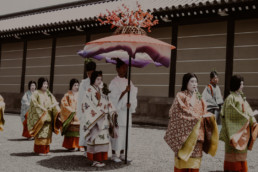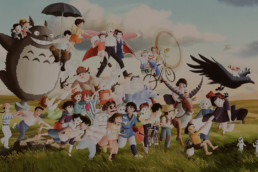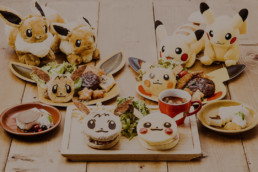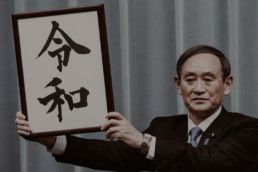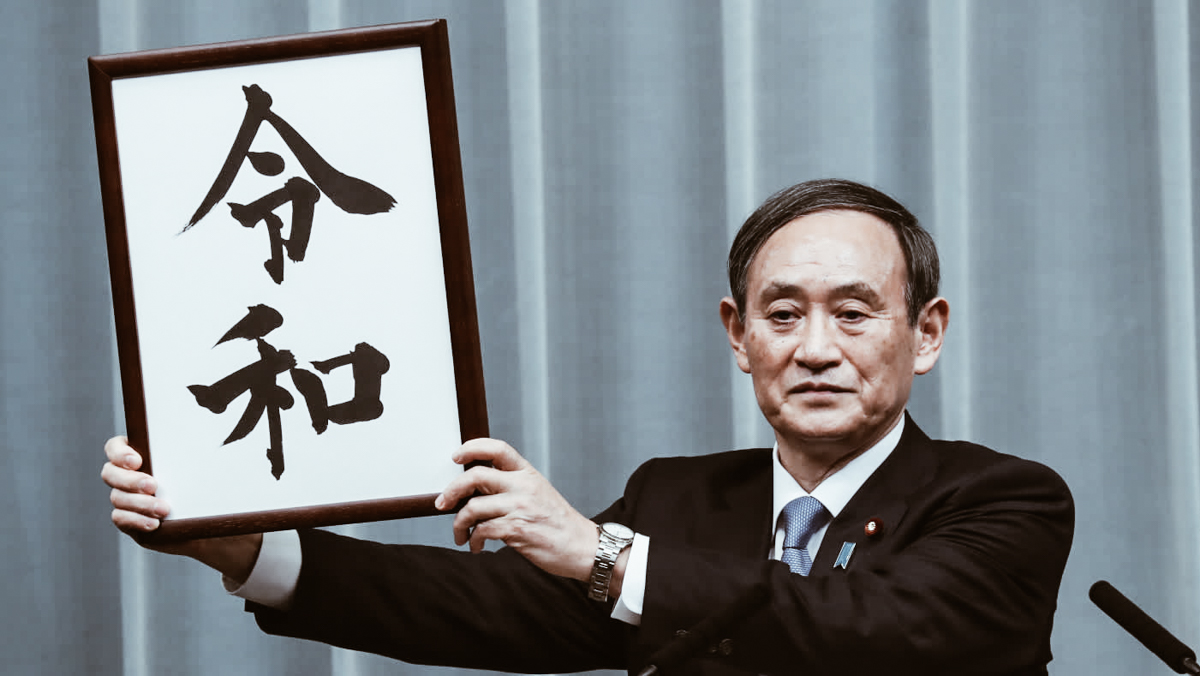Japan Folklore: Oni
Oni, yōkai in Japanese folklore
From a benevolent creature to an evil one. This is the slow transformation of the Oni (鬼), the Japanese mythological creatures that we Westerners call "demons", "trolls" or "orcs".
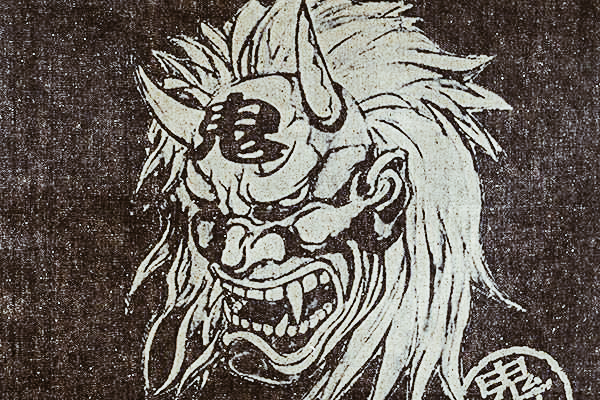
photo credits: tateandyoko.com
Before the Heian era, the Oni were good spirits able to ward off evil. However, during this era, they were relegated to the role of guardians of hell or torturers of damned souls. An example of this is the aka-oni (red demon) and the ao-oni (blue demon) described in the Buddhist tradition, which take on a negative connotation and become spirits to be kept away. In fact, they are considered as carriers of misfortune or agents of natural disasters.
Their appearance is certainly not reassuring. In fact, they are said to have animalistic and monstrous features, sometimes with many eyes and colored skin (red, blue, black, pink or green). They can also be clawed, wear tiger skin and carry kanabō (金棒, literally: "metal stick", a spiked war bat used in feudal Japan by the Samurai).
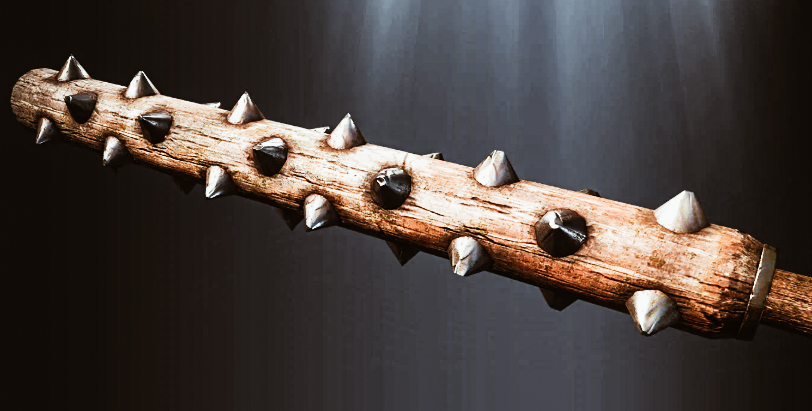
photo credits: forhonor.ubisoft.com
Demon Get out! Luck get inside!
In the Nara era, to avert the disasters that these spirits could provoke, people used to practice oniyarai (追儺), a ritual aimed at driving out the demon.
On the last day of each year, a person used to dress in the demon's clothes and was chased away with peach bows and reeds. Over time this custom turned into the Setsubun celebrations, in which people throw soybeans out of the house saying: "Oni wa soto! Fuku wa uchi! "(Oni out! Luck inside!).
Despite being considered evil spirits, in tradition, there are still traces of their benevolent nature. We find these during the parades when some men wear the Oni costume to ward off bad luck. They are also depicted on the tiles of some buildings for the same reason.
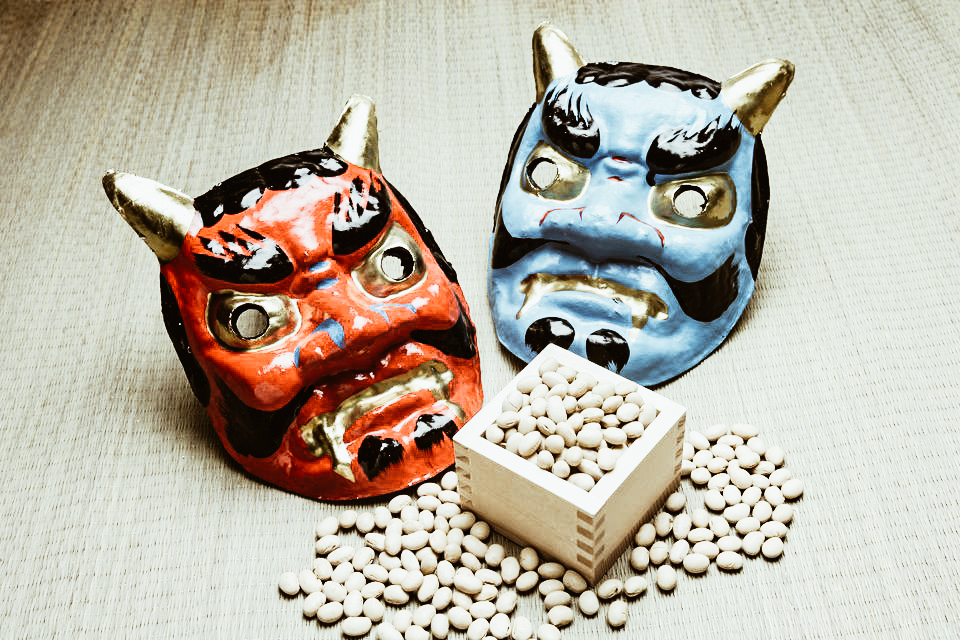
photo credits: tripsavvy.com
The many curiosities of modern culture
Today we meet these demons not only in folkloristic stories and nursery rhymes for children but also as protagonists of proverbs! In fact, it is said that "Even in the eyes of the oni tears arise" (鬼の目にも涙) to indicate that even the hardest heart sometimes feels pity. Another proverb is "The wife of an oni becomes an oni divinity" (鬼の女房鬼神がなる) which refers to our "disciple surpasses the master".
Of course, it was unthinkable not to use such a particular figure in animes and mangas! There are endless references to these spirits, and one of the most famous and well-known is Lamù, the main character of Rumiko Takahashi's manga. But it is not the only one. In fact, even in The Blue Seal by Chie Shinohara the Queen of the Oni is the protagonist. There is also Shutendoji by Gō Nagai whose work title refers to the legend of an oni of the same name.
Among the most played and entertaining horror/adventure video games we cannot forget Ao Oni. Here the main antagonist is a blue demon whose anime adaptation was broadcast in Japan between October 2nd, 2016 and January 8th, 2017. The 13 3-minute long episodes were also streamed in Italy under the title Aooni The Blue Monster (あおに〜じ・あにめぇしょん〜). Despite its simplicity, Ao Oni is terrifying thanks to the background music that gives the videogame the right scary atmosphere!
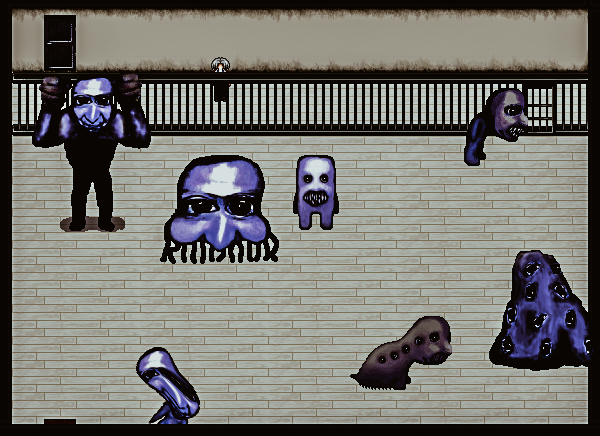
photo credits: giantbomb.com
Japan Travel: Odaiba

photo credits: gotokyo.org
Odaiba, the artificial island of shopping and entertainment
The first time I saw Odaiba was thanks to the Natsuko Takahashi animated series, "Tokyo Magnitude 8.0" (東京マグニチード). In the anime, the protagonists go to a robot exhibition on the island, beautifully detailed in its reproduction. At that moment I had the idea to insert in our editorial calendar an article about this place so technological and colorful!
Odaiba (お台場) was born under the Tokugawa shogunate at the end of the Edo period in the form of 6 small artificial fortified islands. The purpose of these islands was to protect and contrast possible attacks against Tokyo by the ships of the Commodore Perry fleet.
More than 100 years later, in the early 1980s, the small islands were joined together to create a huge residential and financial district. The project suffered a major slowdown due to the outbreak of the "bubble economy" in 1991, leaving Odaiba almost completely abandoned. It wasn’t until the second half of the 1990s that the large unified artificial island became one of Tokyo's most famous tourist attractions, with populated hotels, shopping malls, restaurants, shops, and the Yurikamome elevated railway line.
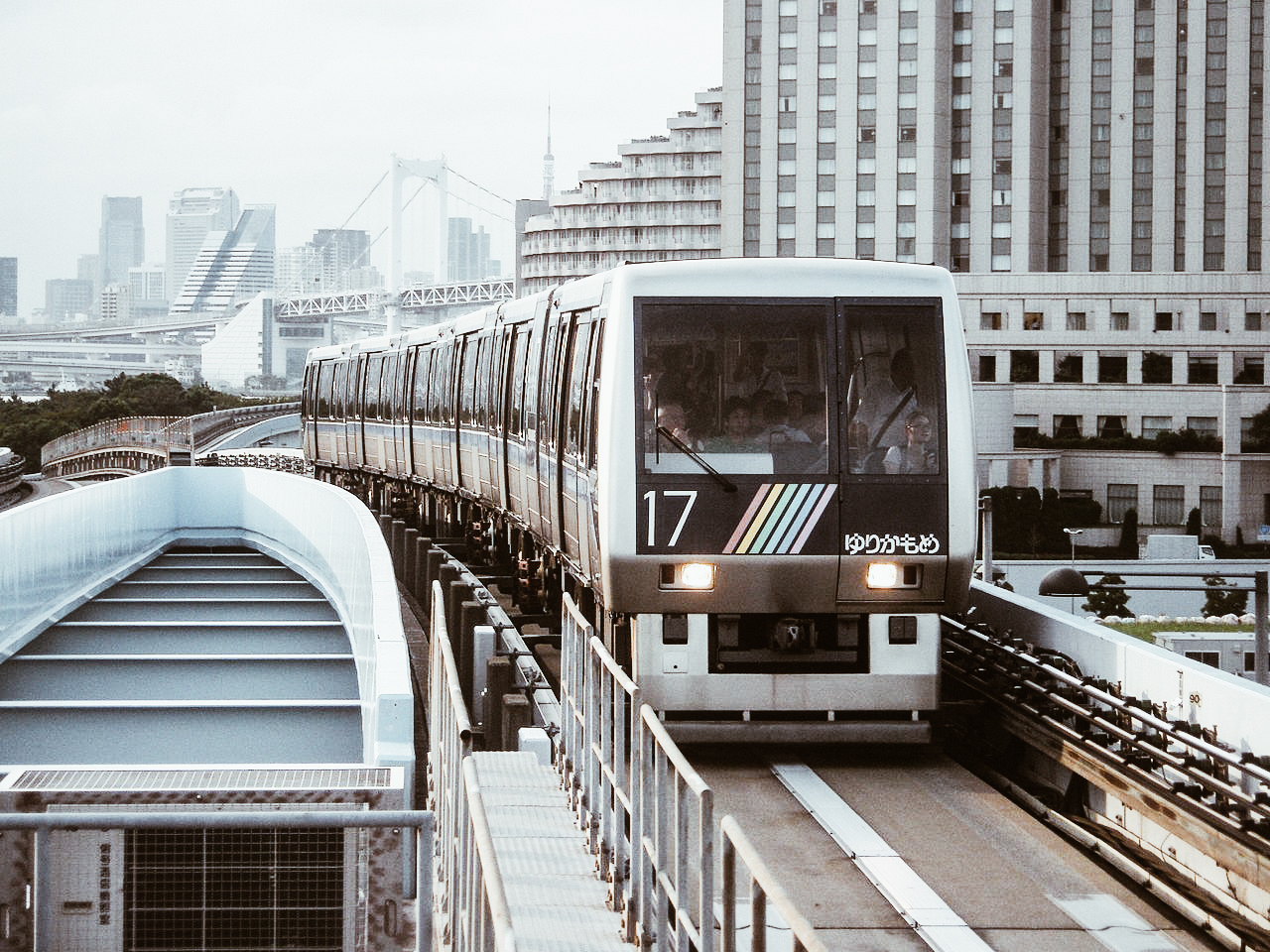
photo credits: wikipedia.org
Two sides of the same island: West Odaiba, East Odaiba
West Odaiba is home to large parks and shopping centers. Among the most scenic, we find the Odaiba Seaside Park which extends on the north coast and where a replica of the Statue of Liberty stands right on its beach. The first of the island's largest shopping centers are located here. It’s the Decks Tokyo Beach in which you can visit Madame Tussaud's wax museum. The second shopping center is Acqua City with its two floors dedicated to catering, various shops, a multiplex cinema, a wedding chapel and the Sony Explora Science Technology Museum: a science museum that explores "light", "sound" and " entertainment. "
(For all information on the museum, you can visit the official website, in English: https://www.sonyexplorascience.jp/english/)

photo credits: anaintercontinental-tokyo.jp
Not far from Acqua City is the Fuji TV Building, one of the most bizarre buildings in Japan. From the ultra-futuristic style. This 25-story building was designed by the architect Kenzo Tange and completed in 1997. Headquarters of the Fuji Television Network, making it particularly attractive is the titanium silver sphere on top of it. Thirty-two meters in diameter, inside this element there is a viewing platform open to the public that offers a complete view of Tokyo and Mount Fuji.

photo credits: gaijinpot.com
Further south lies the Diver City Tokyo Plaza, Odaiba's third-largest shopping mall designed to be the "theatrical space of the city". It is an almost mandatory destination for foreign visitors in Tokyo because it offers a wide selection of Japanese themed souvenirs in many of its shops and as many authentic Japanese restaurants.
If you think shopping malls are enough, you're wrong. And with Palette Town that Odaiba wins everything. Much more than a simple aggregation of shops, it is a real mini city. Its towering Ferris wheel, known as Daikanransha (大観覧車) can be seen all over the island thanks to its 115m of height as an undisputed sign of fun and joy. Palette Town offers numerous attractions whose focus is Venus Fort, the realm of shopping. Venus Fort was opened in 1999 and was designed to take on the features of 17th century Europe, complete with an artificial sky painted on the roof that follows the alternation of day and night as if you were really in the open air.
Just below Venus Fort is the Sun Walk, which offers a collection of shops for pet lovers. Here you can not only eat at the Dog Cafe but even rent a dog for an hour to take it for a walk. Palette Town also includes the technological showcase of Toyota Mega Web, the entertaining lounge for leisure time and one of the most popular entertainment venues for live events: the Zepp Tokyo (ゼップ東京).
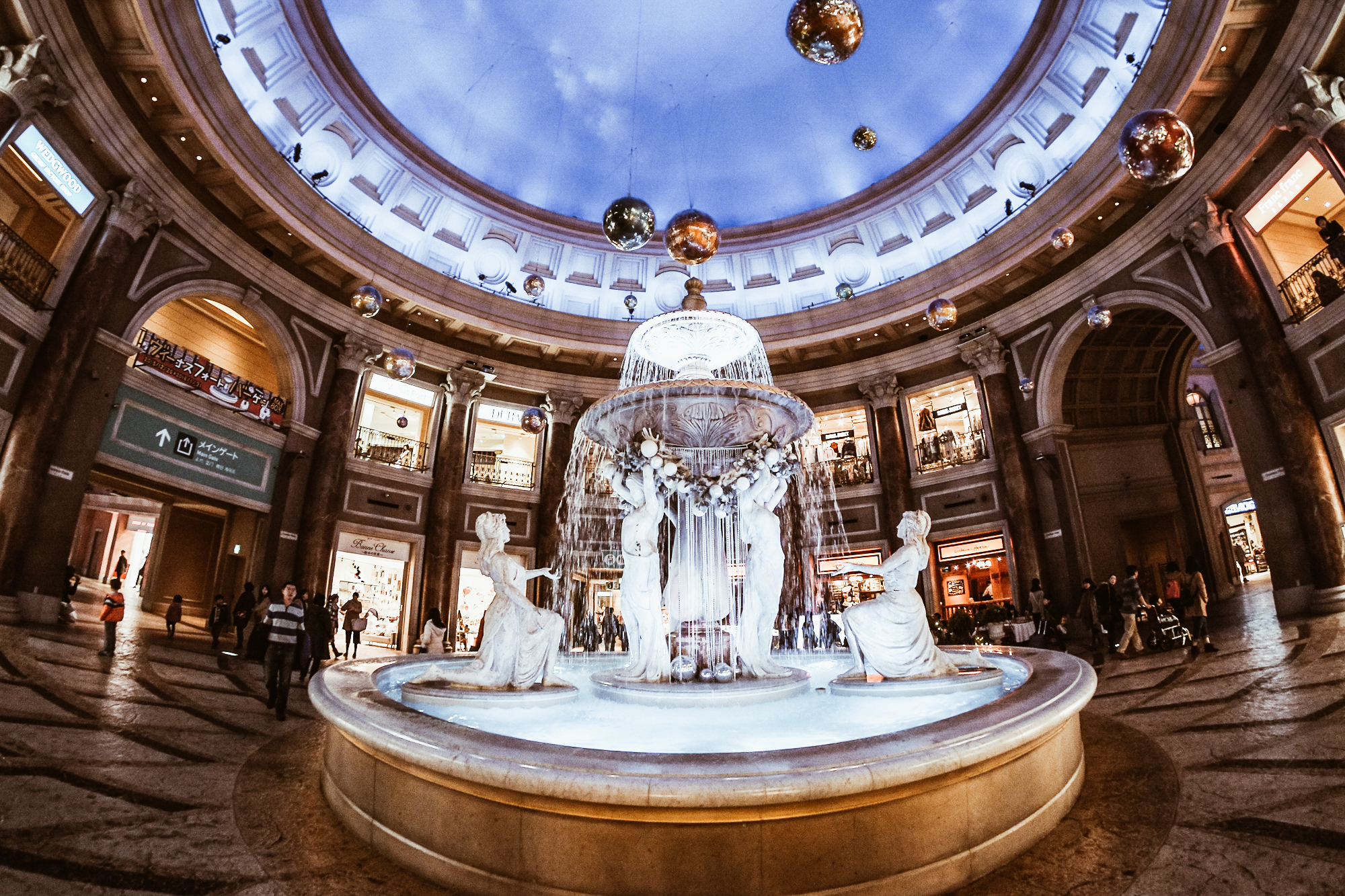
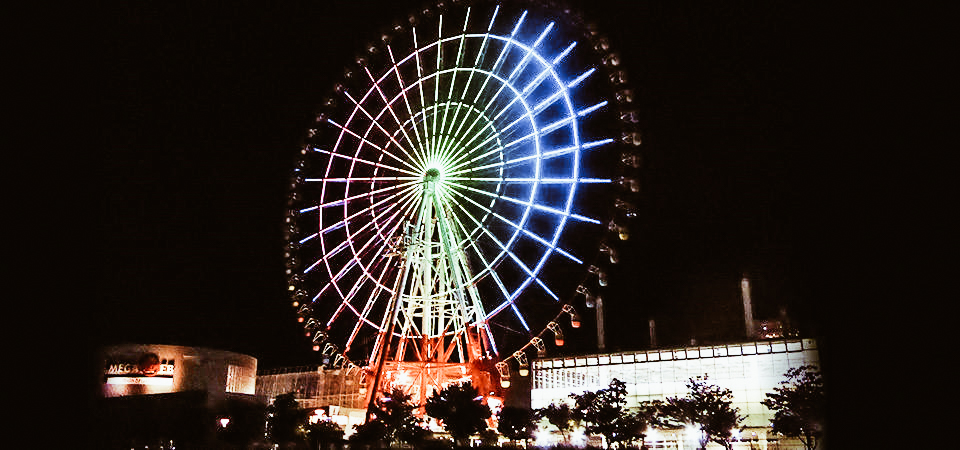
photo credits: scottshaw.org, shutoko.jp
Odaiba Est is entirely dedicated to exhibitions and sports.
Of great importance is the Tokyo Big Sight (Tokyo International Exhibition Center), one of the main arenas and convention centers of the nation. It is here where the fencing, wrestling and taekwondo events will be hosted during the 2020 Tokyo Olympics. Opened in 1996, the Tokyo International Exhibition Center stands out thanks to its iconic Conference Tower made up of four inverted pyramids. The entire Tokyo Big Sight complex has numerous restaurants, cafes, a grocery store and a sales corner dedicated to Big Sight goods.

photo credits: mystays.com
Next to it there’s the Panasonic Center, a showroom for new products and new Panasonic technologies. On the first floor is the Atrium Exhibition where sponsorships of events and all the advertising campaigns of the electronics giant take place all over the world. Also on the same level is the Wonder Life-Box where visitors are presented with the new technologies of the future and the company's latest products. The second-floor houses RiSuPia, an interactive museum focused on hidden mathematics in nature and science. Extremely beloved is the Nintendo Game Front where all the latest Nintendo games are present with the chance to try them! Here is also the Cafe E-Feel for a gourmet break thanks to its wide range of coffees, desserts and light meals.
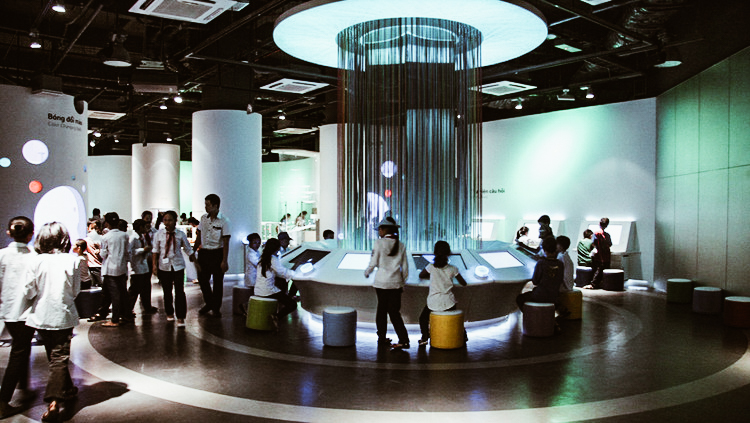
photo credits: expology.com
In this part of the neighborhood, there is also the Tennis – no – Mori Park, a huge center dedicated to the game of tennis with 48 courts. Also present was the Ariake Coliseum stadium, an indoor sports arena in the Ariake Tennis Forest Park which can hold up to 10,000 people.

photo credits: tokyo20ty20ty.com
Reaching Odaiba
Reaching Odaiba from Tokyo is easy! You can opt for the boat thanks to the Tokyo Water Bus or the Tokyo Cruise. Alternatively, you can take a taxi or just hop on the Yurikamome train, the TWR Rinkai Line or the Japan Railways. However, if you love walking, then don't think twice: the Rainbow Bridge is for you! An 800-meter long bridge that is not opened at night and in case of bad weather or festive events.
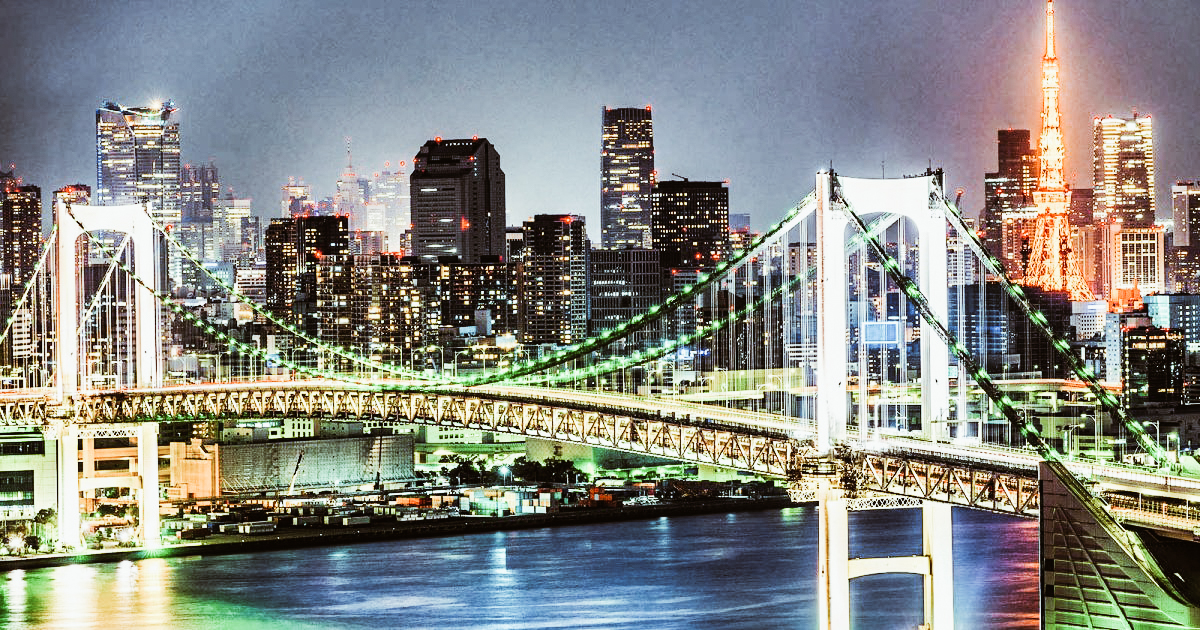
photo credits: mywowo.net
Do you think this will be enough to visit Odaiba? There are really many inputs. Like all the rest of Japan, every corner takes on an enormous charm that increases from time to time discovering the complex details that have made it.[:]
Japan Tradition: Kanda Matsuri
The festival held on odd-numbered years
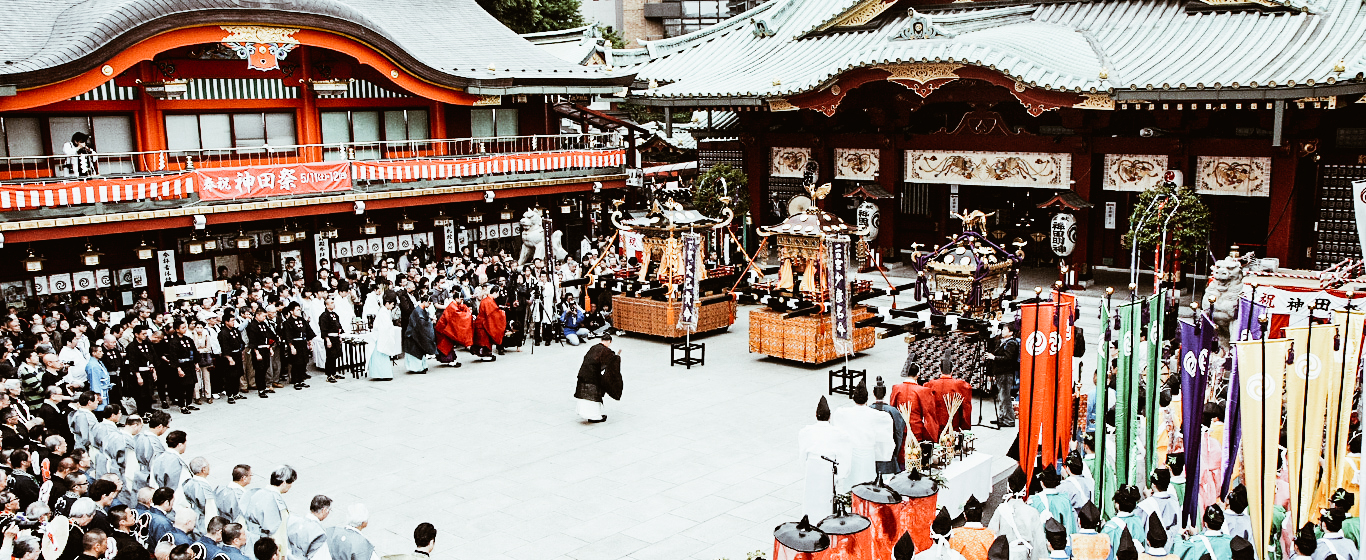
photo credits: dydo-matsuri.com
In the middle of May on every odd-numbered year, the Kanda Matsuri (神田祭) takes place in Tokyo’s Kanda. Together with the Sanno Matsuri and the Fukagawa Matsuri, Kanda Matsuri is one of the three most important Shinto festivals being held in Tokyo. It is also one of the three largest festivals of Japan together with Osaka’s Tenjin Matsuri and Kyoto’s Gion Matsuri.
The origin of Kanda Matsuri dates back to the Edo Period (1603-1867), when the shogun Tokugawa Ieyasu ruled over Edo, now modern day Tokyo. It is for this reason that Kanda Matsuri is also sometimes known as Tenka Matsuri (Tenka meaning shogun).
The celebration of this festival also doubled as a demonstration of prosperity under the new regime.


photo credits: xin beitou, Atsushi Ebara
At the same time, the Sanno Matsuri took place to celebrate the new political center and its rulers. Because of the long and extravagant preparations, competition between the two festivals grew, and eventually, it was decided to celebrate them in alternate years. Under this new rule, Kanda Matsuri was to be celebrated in the middle of May on odd numbered years , while the Sanno Matsuri would be celebrated in the middle of June on even numbered years.
Today, Kanda Matsuri is celebrated in honour of the gods residing in the Shinto shrine called Kanda Myojin that can be found nestled among modern buildings in one of the most exclusive neighbourhoods in Tokyo, Chiyoda ward. The shrine is dedicated to 3 deities: Daikokuten, the god of good harvest and matrimony, Ebisu, the god of fishermen and businessmen and Taira no Masakado, a revered samurai of the 10th century who was deified.

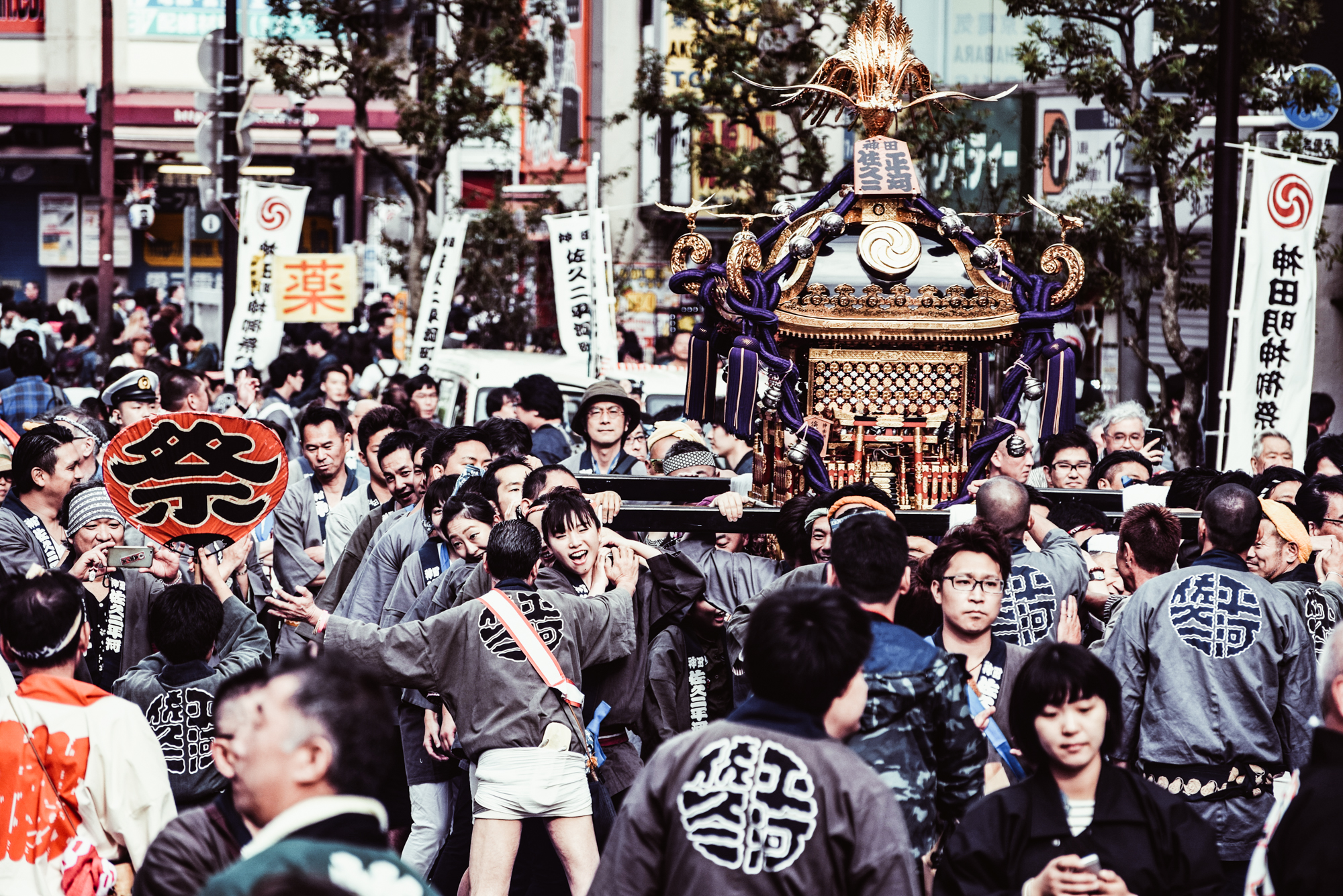
photo credits: rove.me, bill ben
Celebrating prosperity and good fortune
Like most other festivals, shinto rites are an essential part of the preparations. On the eve of the main procession, the kami (gods) of the shrine are invited to enter the three finely decorated mikoshi (portable shrines) through these rituals. At 8 a.m. on the day of the festival, these mikoshi are paraded through the streets of Kanda, continuing down to Nihonbashi, followed by Otemachi, and finally Akihabara, before returning to the temple at around 7 p.m. This procession is typically accompanied by an immense crowd of people, along with musicians, priests riding on horseback and many other participants wearing colorful, traditional clothes.
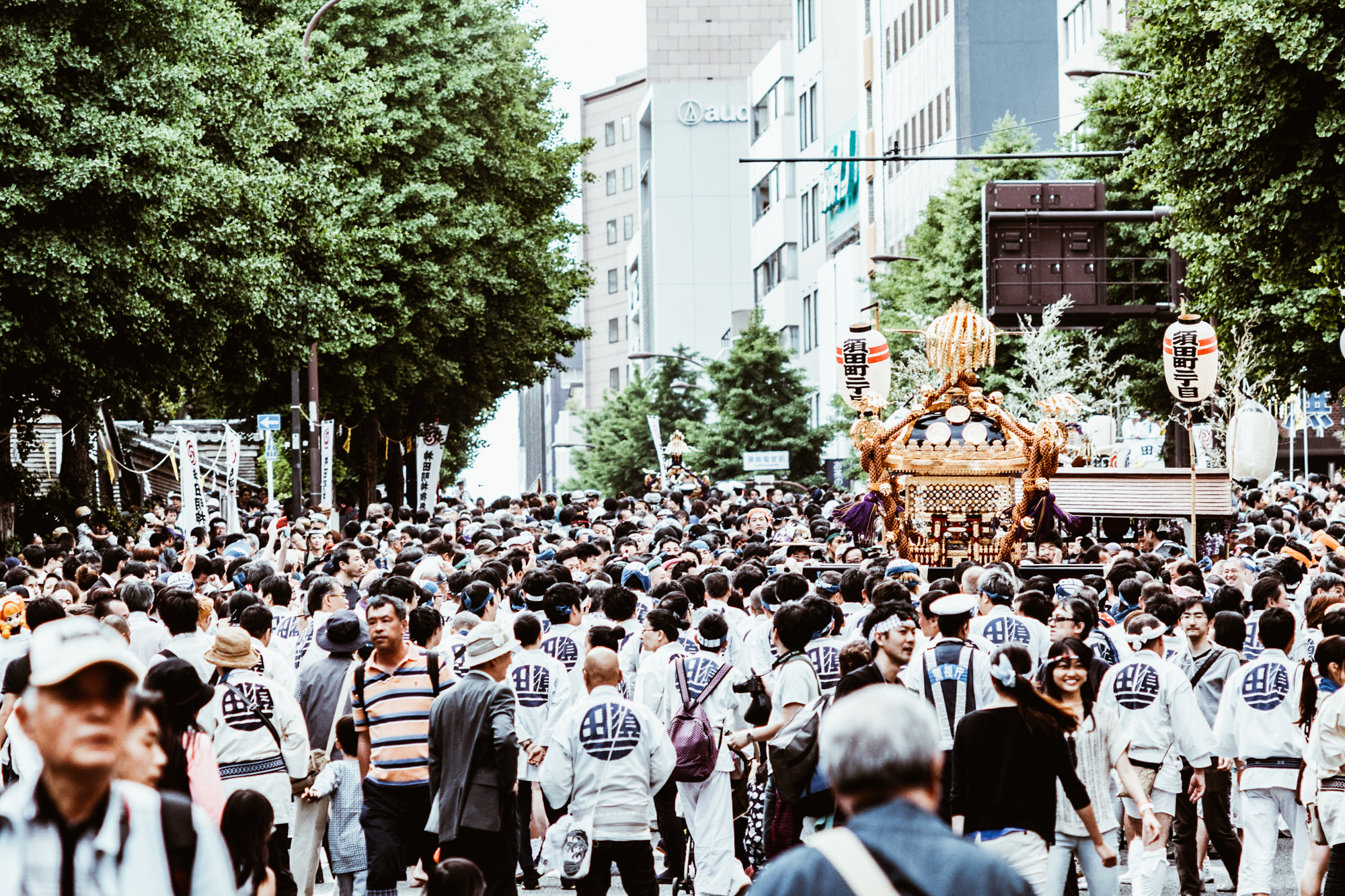

photo credits: nlgwest , Kemy Shibata
At the same time, there is a smaller three-hour long secondary procession being held. This is attended by men on horseback dressed as samurai, characters from folk stories, musicians, and dancers who depart from Arima Elementary School in the early afternoon and proceed north towards the Kanda Myojin shrine.
The next day following the festival is dedicated to the procession of mikoshi from various neighbourhoods in the Kanda and Nihonbashi district. Each of them contains an ujigami, guardian deities who, on this occasion, are housed in mikoshi to bless the residents of the area as they are paraded through the streets.

photo credits: Eugene Kaspersky
Many small curiosities
Those who were born and raised in Edo were called “Edokko”. Edokko had a peculiar personality and they were said to be very open and cheerful people. All these characteristics were, and still are, reflected in the Kanda Matsuri, a festival full of energy.
The procession with all its main elements also recalls the celebrations for Tokugawa's victory in the battle of Sekigahara, which cleared the path to the shogunate that led to a long period of peace and prosperity in Japan. Originally, townspeople would dress up and give thanks to the shrine through lavish performances of Noh theater.

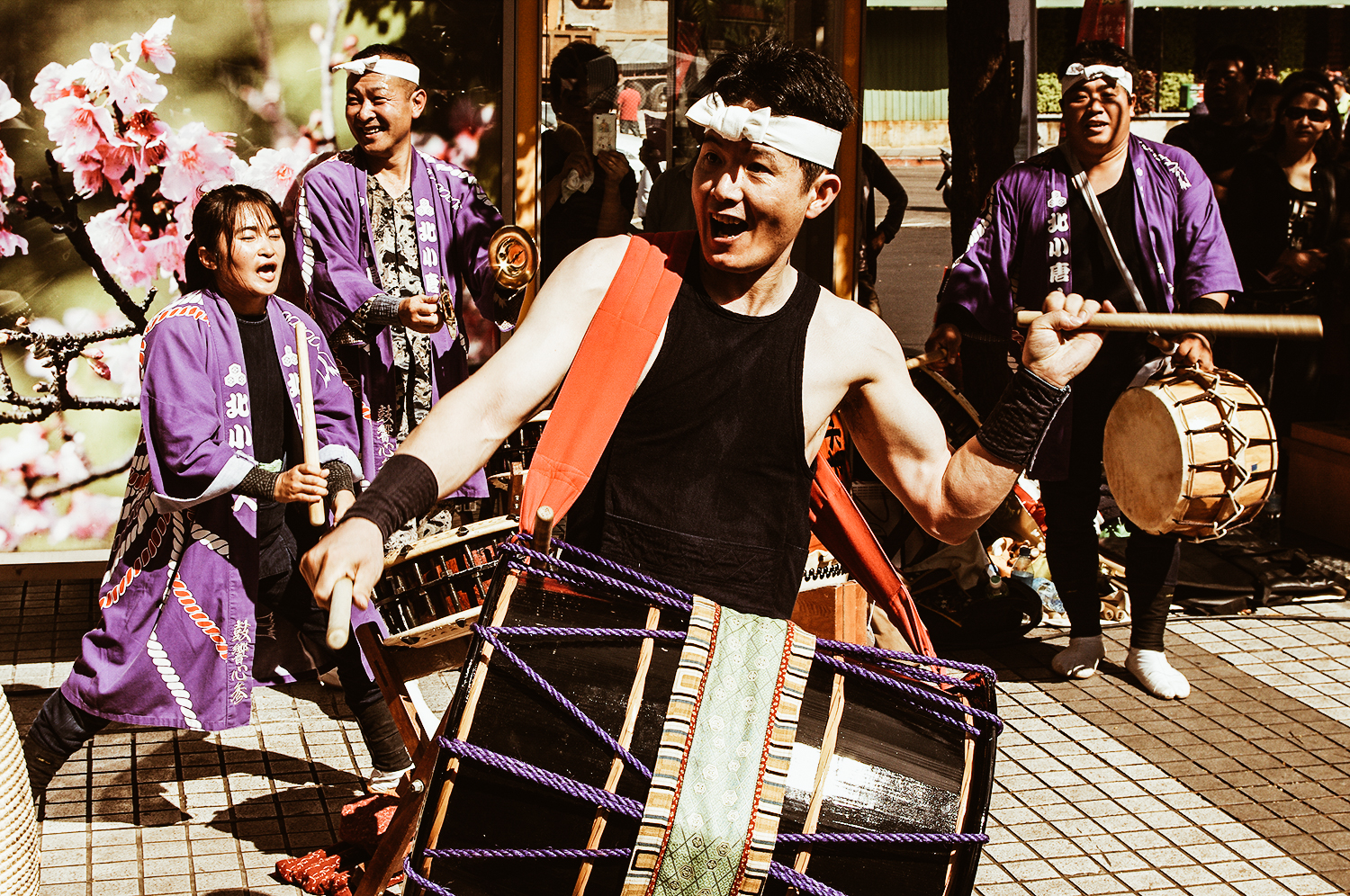
photo credits: tokyoexcess.blogspot.it, xin beitou
During the Edo period, the parade with its beautiful decorations would pass by Edo Castle, giving common people a rare chance to enter its grounds.
Most of the original floats, which had been used since the early days of the festival, were destroyed in the Great Kanto Earthquake of 1923 and in the bombing of WWII.


photo credits: viajejet.com, fastjapan.com
Japan Tradition: Aoi Matsuri
The Hollyhock Festival
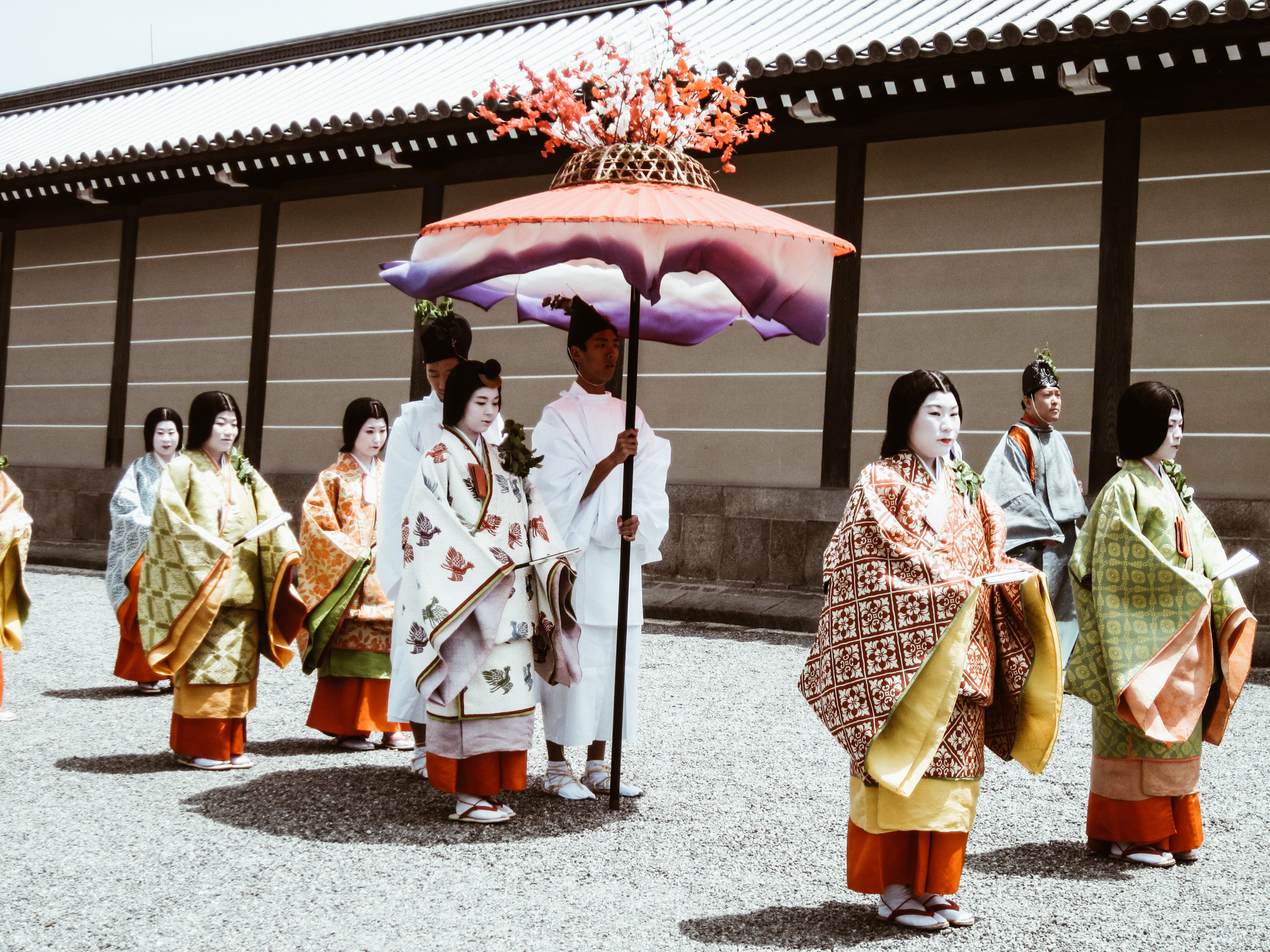
photo credits: mutabi.wordpress.com
One of Kyoto’s three most well-known festivals, Aoi Matsuri (葵祭) takes place every year on the 15th of May. The name of this festival derives from the hollyhock leaves that participants in the festival’s parade carry with them as they walk down the designated route. In Japanese, “Aoi” (葵) refers to the “alcea rosea” or, as the namesake of this festival, the “hollyhock”. This plant produces brilliant colours and beautiful flowers, and its leaves are believed to have the power to prevent natural disasters.
The main attraction of this festival is a grand parade that involves more than 500 people dressing up in the aristocratic styles of the Heian period (794 - 1185 CE).
This annual parade starts from the Imperial Palace, and the participants will walk down the road until they arrive at Kamo Shrine. This name refers to the shinto sanctuary complex that consists of Kamigamo shrine and Shimogamo shrine.


photo credits: amanohashidate.jp, Nobuhiro Suhara
The Origins
The festival first started during the reign of Emperor Kinmei (539 - 571CE), when a period of heavy rains ruined the harvest and an epidemic spread through the country.
It was believed that these tragedies came about because the Kamo deities wanted to punish the people. Thus, the emperor sent a messenger to the temple with offerings and to perform various rituals in order to appease these deities. Part of these rituals also required the riding of a galloping horse.


photo credit: Alex Hurst, Clement Koh
This became an annual event with the intention of preventing further disasters. However, during the reign of Emperor Monmu (697 - 707CE), it was suspended due to the huge amount of people joining to watch the rituals. In the 19° century, Emperor Kanmu established the seat of the imperial throne in Kyoto and this represented the beginning of the Heian period in Japanese history. The emperor recognised the Kamo deities as protectors of the capital and reestablished the Aoi Matsuri as an annual imperial event. The festival was sometimes discontinued in some periods of Japanese history, especially during World War II, but it was actively resumed in 1953. The Saiō-Dai tradition in this festival was also initiated in 1956.
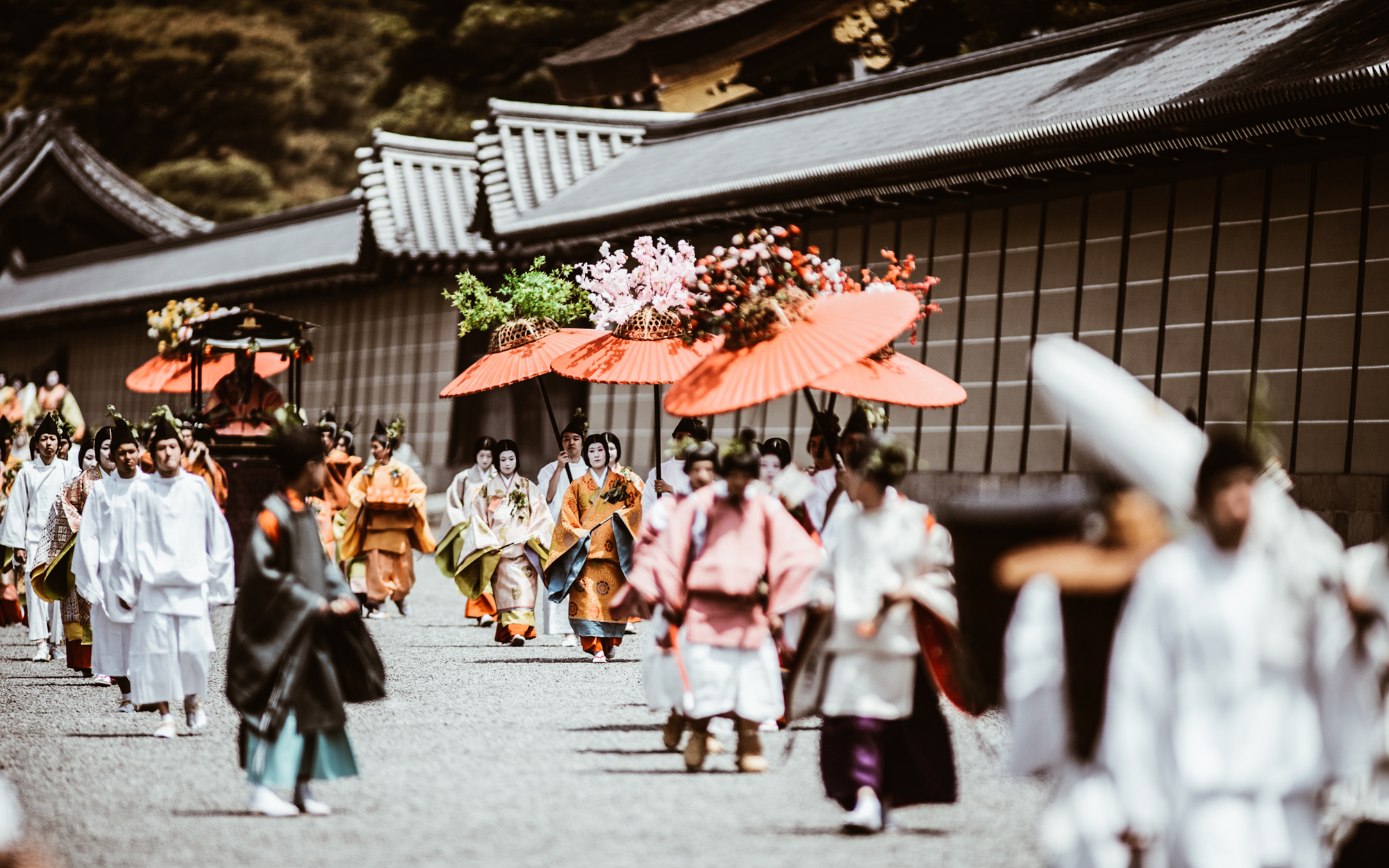
photo credits: regex.info
The characters of the Festival
There are two main characters in the Aoi Matsuri: the Saiō-Dai and the Imperial Messenger.
The Saiō-Dai is a woman chosen from the sisters and daughters of the emperor to dedicate herself to the Shimogamo Shrine. The role of the Saiō-Dai is to maintain spiritual purity and represent the Emperor at the festival. Today the Saiō-Dai is chosen from all unmarried women of Kyoto. She wears twelve layers of silk robes (jūnihitoe), finely colored in the traditional style of the Heian court. To maintain ritual purity the Saiō-Dai has to go through several ceremonies of purification before the festival’s parade.
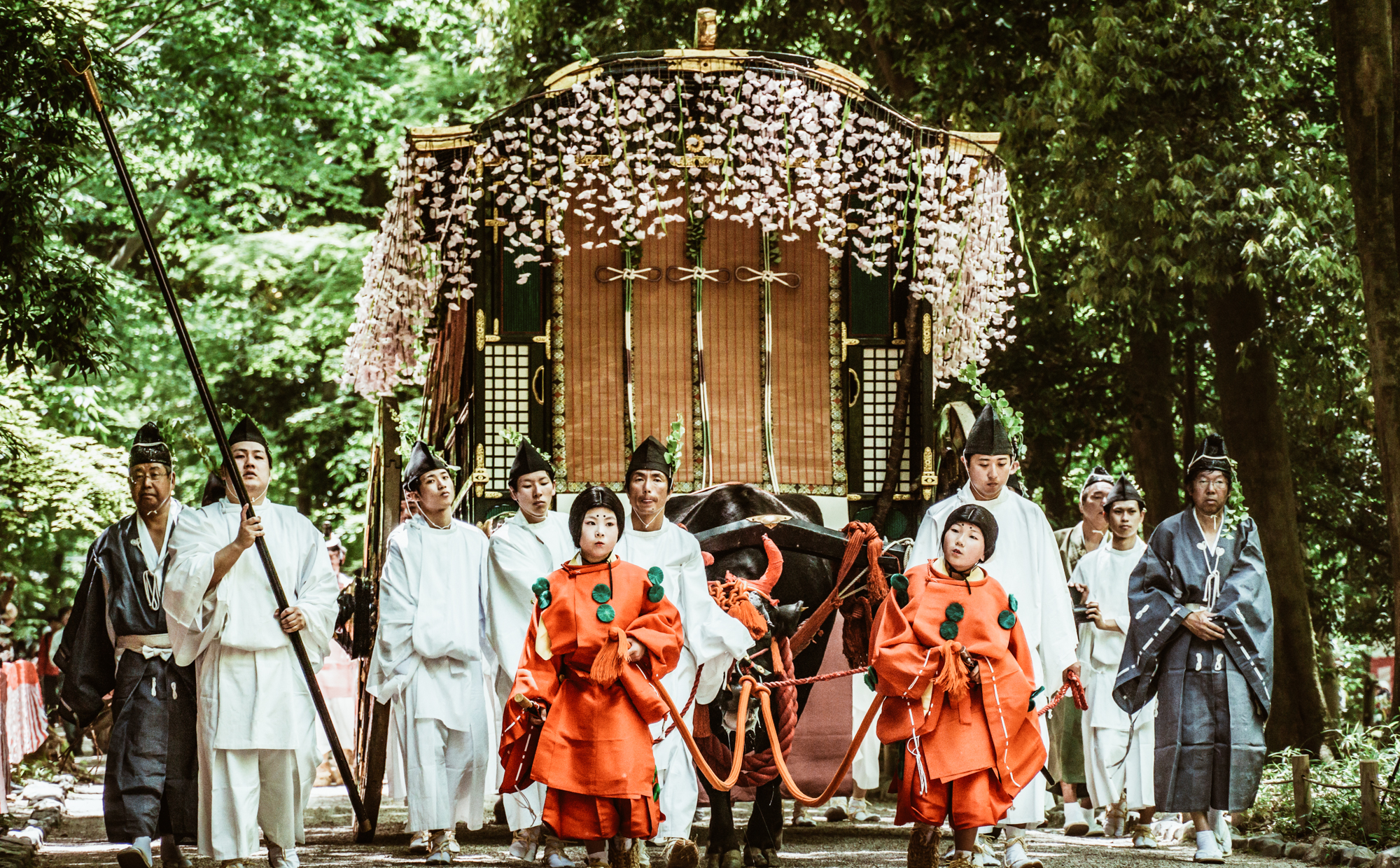

photo credit: Hong Seongwan
The Imperial Messenger, on the other hand, conducts the procession of the festival by riding a horse. During the Heian period, he would be a Fifth-Rank courtier holding office of middle or lesser capitan. He was also typically a man destined for high office. His role was to read the imperial edict and present the emperor’s offerings. During the Heian period, the Saiō-Dai and the Imperial Messenger would be accompanied by ten dancers and twelve musicians.

photo credits: Hisanori
Celebrations Today
The parade starts at 10:30 a.m. on May 15th at Kyoto’s Imperial Palace. It then slowly departs for two important stops: the Shimogamo Shrine, where the procession should arrive at 11:15 a.m., and the Kamigamo Shrine, where they will arrive at 3:30 p.m. The Saiō-Dai and the Imperial Messenger perform their rituals at these stops. The Saiō-Dai pays her respects to the deities, while the Imperial Messenger intones the imperial rescript, praising the deities and requesting their continued favor.


photo credits: Slugicide, find-your-jpn.com
Japan Modern Culture: Studio Ghibli

photo credits: ghibli.jp
Raise your hand if you didn’t fall in love with Howl, the sorcerer with his wandering castle, or who has not felt tenderness for Kaonashi, the Faceless of "The Enchanted City" ... If you are among those who love the productions of Studio Ghibli too, then you are in the right place!
The Hot Wind of the Desert
June 15, 1985: Hayao Miyazaki, Isao Takahata, Toshio Suzuki and Yasuyoshi Tokuma decided to found 株式会社スタジオジブリ or Studio Ghibli Inc. whose name was chosen by Miyazaki with the intention of "creating a whirlwind in the world of Japanese animation". The roots lie in the passion for aviation of the Japanese director and screenwriter, in fact "Ghibli" is not only the warm wind of the Sahara desert but, during the Second World War the Italian reconnaissance plane Caproni Ca.309 was nicknamed "Ghibli". Curious, isn't it?
At first no one thought that the project would been very successful, so to minimize the risk of failure, 70 temporary entertainers were employed and the office of the studio consisted of a 90 square meter office rented in Kichijoji, Tokyo.
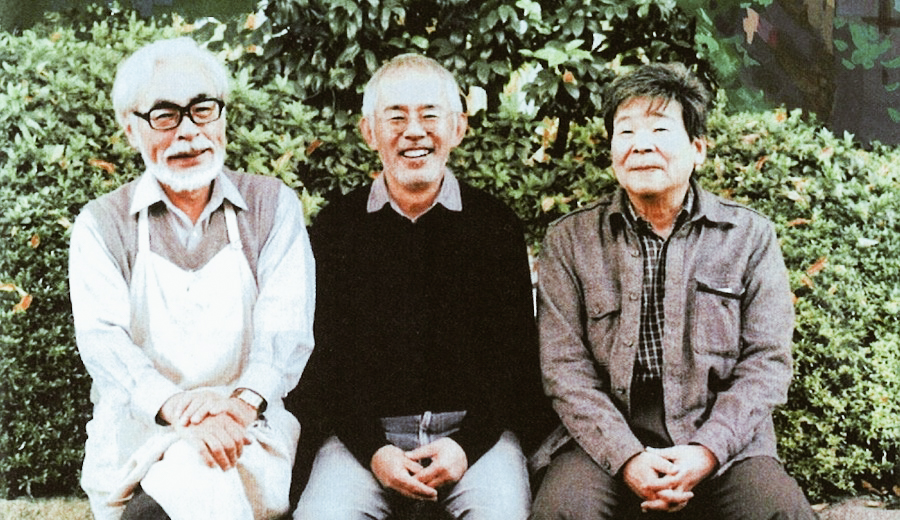
photo credits: sgcafe.com
A success after another
Studio Ghibli began its official production with "Laputa - castle in the sky", "My neighbor Totoro" and "Grave of the Fireflies”, three animated pearls acclaimed by critics. However, at first, these three wonderful pieces did not achieve the same success they accumulated over time.
It was "Kiki's Delivery Service” that achieved great results in 1989 becoming the success of the year at the Japanese box office. This allowed for permanent contracts to be introduced into production and to hire new staff. By now the Studio had almost 300 people working and they began to think of moving to a new location just during the production of Porco Rosso, whose quality was not excellent due to the crowding in office.
In 1992 the new study, whose realization was followed in first person by Miyazaki who drew the final appearance, was ready. They were finally ready to move to Koganai (Tokyo). Computer-generated imagery (CGI), which allows a digitized two-dimensional image to be handled in any kind of three-dimensional view, was introduced with "Pom Poko".
In 1994 and 1995 "Whisper of the Heart” was released. At the end of the 90s and the early 2000s the Studio Ghibli signed one of his most beloved masterpieces, achieving the deserved success also outside Japan: Princess Mononoke (1997), Spirited Away (2001) and Howl's moving Castle (2004), directed by Hayao Miyazaki.
In 2006 was the turn of Gorō, son of Miyazaki, to direct the film Tales from Earthsea and, two years later, Studio Ghibli became the only Japanese animation studio to use exclusively traditional drawing techniques for their own productions.
Unfortunately, in 2013, on the occasion of the 70th International Film Festival of Venice, following the presentation of Studio Ghibli’s 19th animated film "The Wind Rises", Miyazaki announced his retirement, with consequent displeasure of the fans. The producer said that his advanced age no longer allowed him to follow the long accomplishments of his films and so, on November 8th 2014, the Academy awarded him with the Oscar for his career.
2015 was a strange year for Studio Ghibli: Hiromasa Yonebayashi, director of "Arrietty” and "When Marnie Was There” left the production. During a conference in Tokyo, Miyazaki announced his commitment to a new project whose production could have required more than five years of work. In fact, in 2017, through an interview with producer Toshio Suzuki, we discovered that the new feature would have been an adaptation of the 1937 Japanese novel "Kimi-tachi wa do ikuruka?" by Genzaburo Hoshino.
We just have to wait for the surprises that years of experience and passion will gift us!
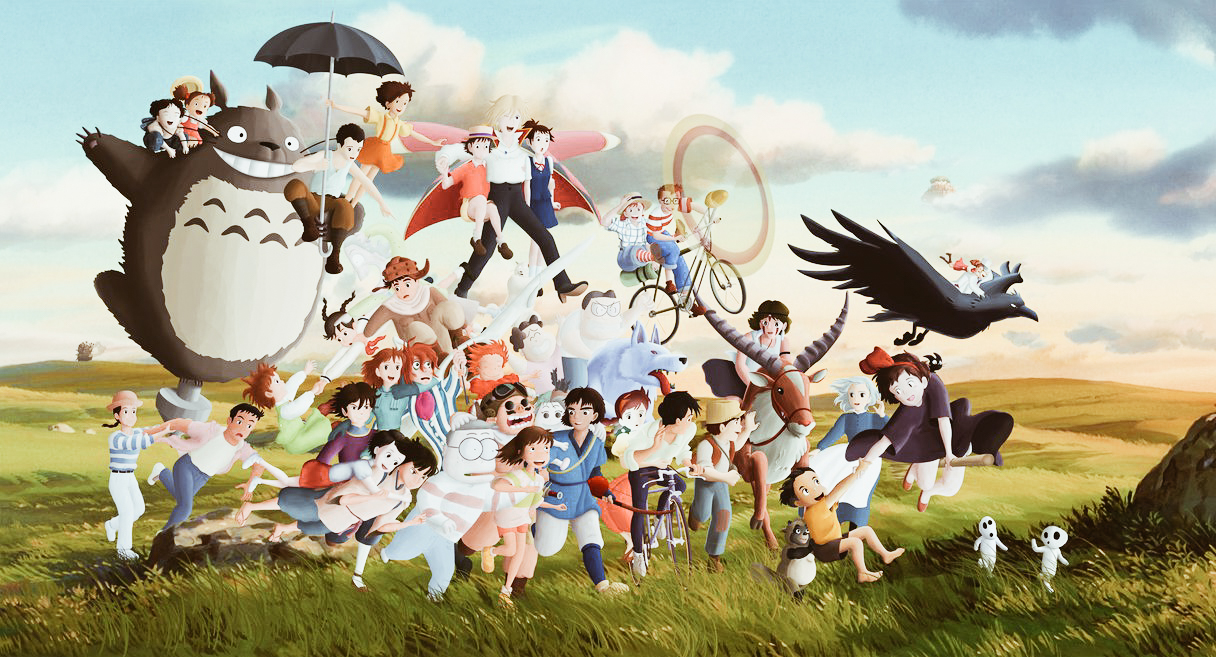
photo credits: tokyotreat.com
Ghibli Museum
Reachable with the JR Chuo line for the delightful town of Mitaka, the museum presents a variety of rooms that mix the vintage and steampunk style overflowing with references to Japanese folklore and everyday life. Inside, there is also a cinema where unpublished short films of about 15 minutes are screened.
Moreover, at different times of the year, special exhibitions are set up for limited periods of time! Getting tickets for the Museum is not easy as they are not sold in the venue. Reservations must be made some time before through the Lawson ticket offices online or in the Lawson convenience stores on the Japanese territory, or at specific ticket offices abroad where the tickets are placed at available only for 4 months a year.
For any specific information and for all updates, you can check the official website, also available in English here: http://www.ghibli-museum.jp/en/

photo credits: forbes.com
Exhibition of Studio Ghibli in Tokyo
The "Toshio Suzuki and Studio Ghibli Exhibition", the first exhibition after 3 years of the study at the EDOCCO cultural exchange center, Kanda Myojin Temple in Tokyo, inaugurated on April 20 and it’s running until May 12. It’s a must for anyone who wants to be catapulted into the enchanting world of Ghibli. You can admire the illustrations and documentation revealing the behind the scenes of the plots and production processes of these masterpieces from its foundation until today.
A large merchandise section is also available, including special ema and omamori created in collaboration with the temple itself. Enthusiasts will also find themed menus at the EDOCCO café such as the "Makkuro na kuro goma ohagi no ocha set" in homage to Makkuro Kurosuke (Soot Sprites) or the "Tonari no Kakigori ”inspired by My neighbor Totoro.
It is possible to buy tickets for the exhibition both on-site and online at a cost of 1,300 ¥ for adults and ¥ 800 for students. Official website: https://ghibli-suzuki.com/
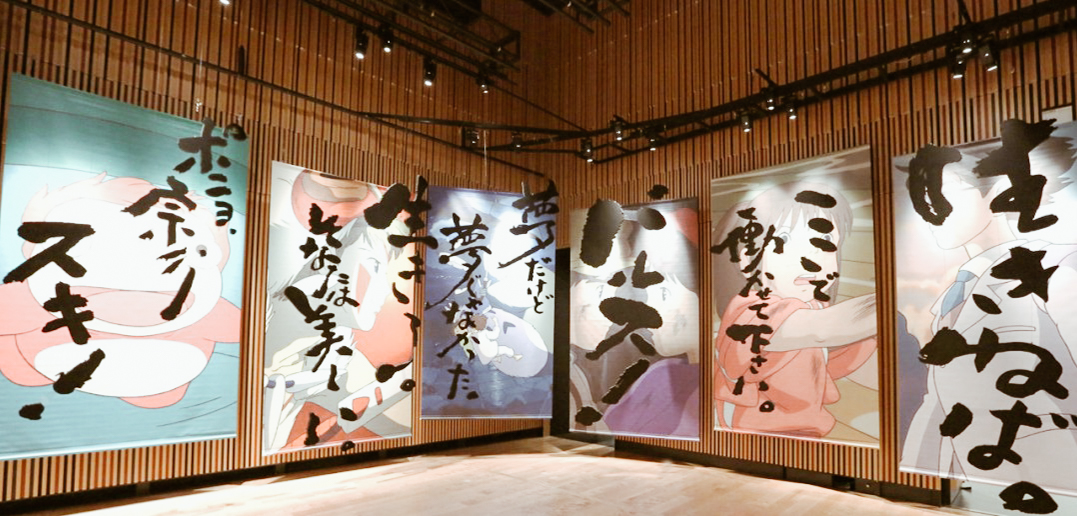
photo credits: amu-zen.com
Japan Travel: Character Cafes
Japan is the richest land when it’s about magical places, in every sense! Even stopping for a snack can become a unique experience when you immerse yourself in a fantasy world like that of the "Character Cafes" scattered throughout the territory. What are these places? Particular types of themed cafes that allow customers fond of comics and animation to savor incredible kawaii dishes in a room totally inspired by a specific character.
There are temporary concept cafes that open about every two months, but fortunately, there are also permanent ones and they are a fundamental step for anyone who wants a bit of sweetness.
Fantastic Character Cafes and where to find them
PomPomPurin Café


photo credits: dangonews.com, straitstimes.com
Entering the PomPomPurin Café is like entering the room of this sweet big dog, a famous Sanrio character. You are welcomed by the yellow and brown of the furnishings, a quiet and relaxing place where you can enjoy sweets, drinks and specialties of various kinds. Inside the café there are "photo corners", dedicated points to take a picture with your favorite pudding! There are also limited edition goods that can only be purchased at the in-house shop.
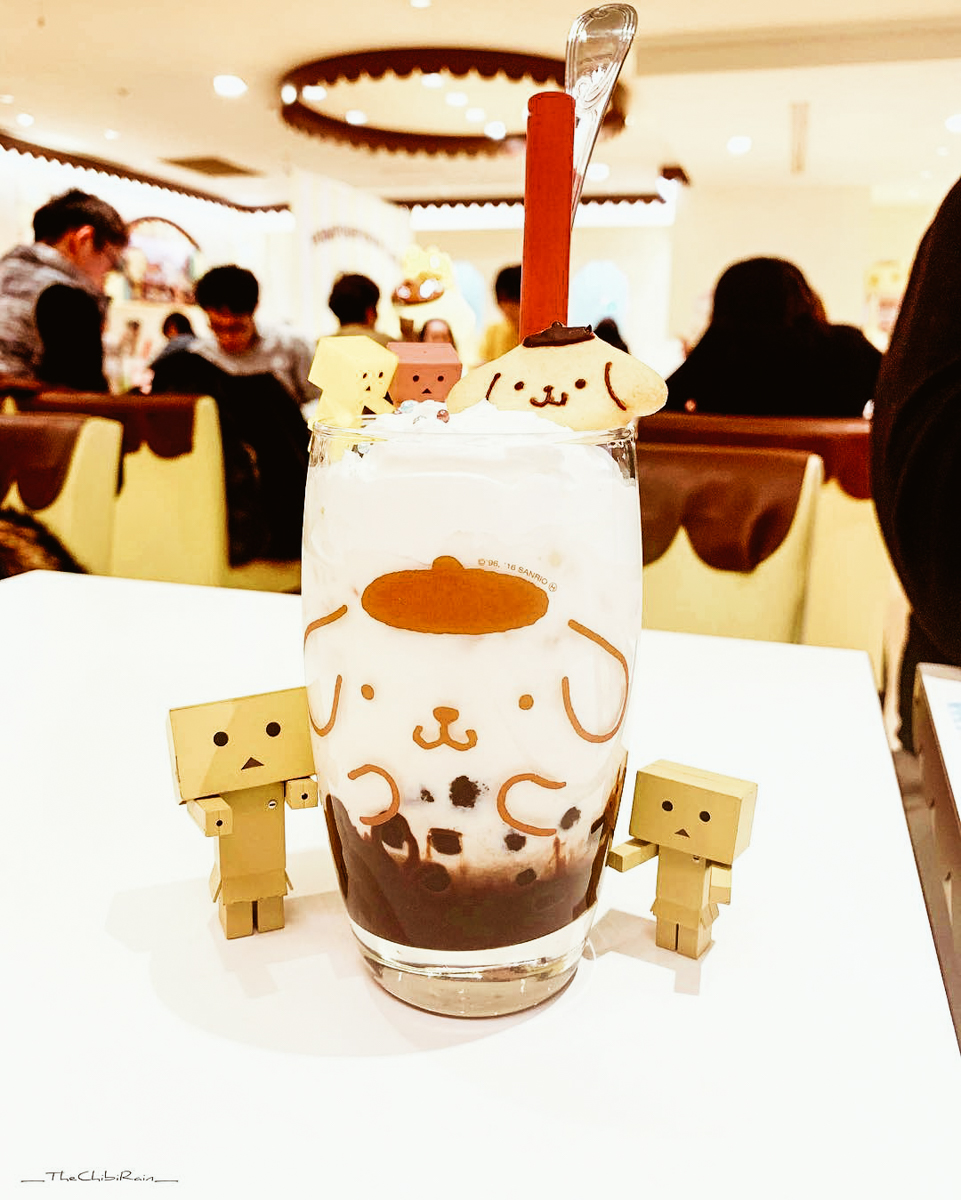


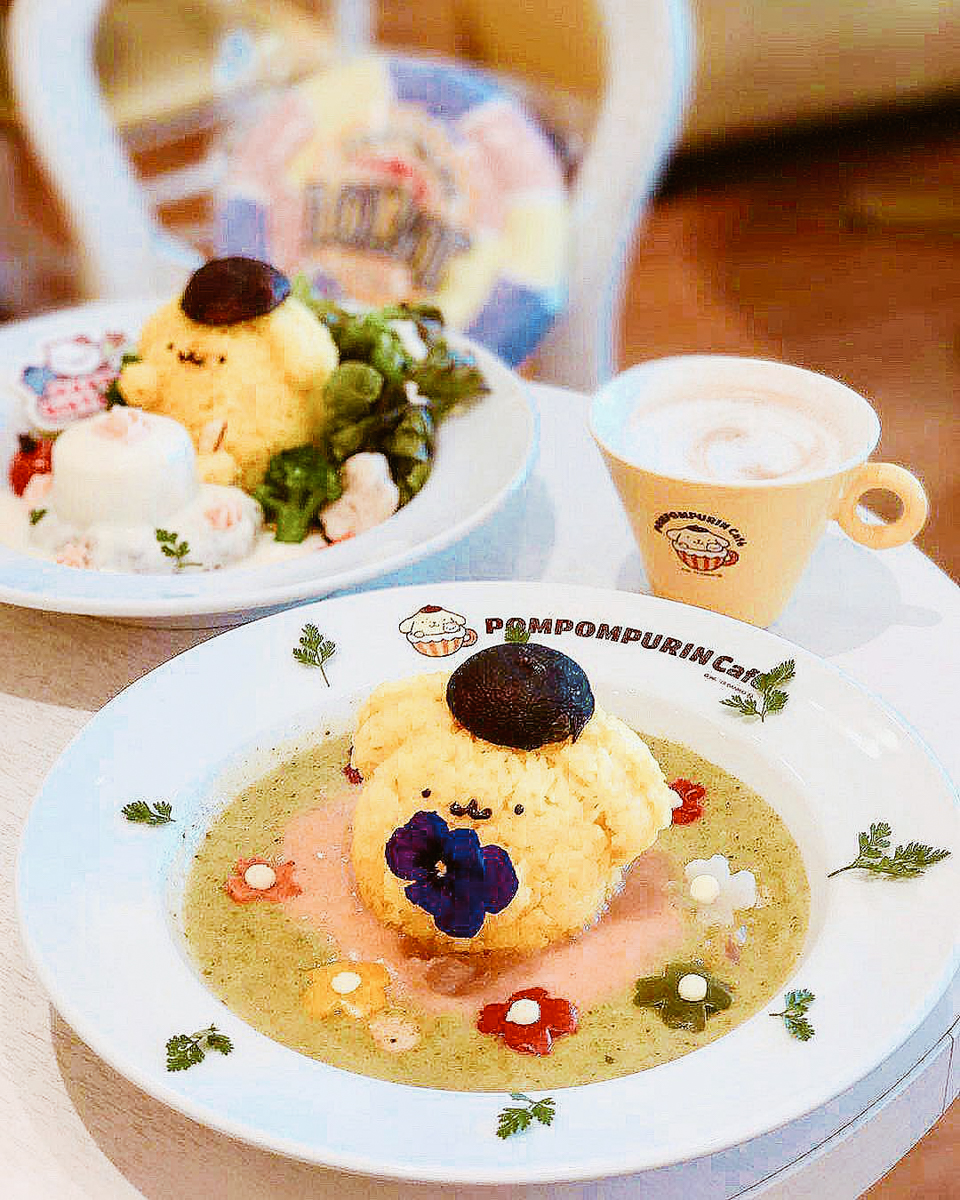
photo credits: thechibirain, littlemomiji, klawsbykatya, xxakira0412xx
Official Website: http://pompom.createrestaurants.com/jp/
Address:
TOKYO: 〒150-0001 Shibuya, 1-7-1 Jingumae, CUTE CUBE HARAJUKU 3F
OSAKA: 〒530-0012 Kita, Shibata, 1−1−3 Hankyu Third Avenue South Building
NAGOYA: 3 丁目-32-6 Sakae, Naka Ward, Aichi Prefecture 460-0008
YOKOHAMA: Yokohama City Nishi-ku 2-1-5. YOKOHAMA SOTETSU SQUARE
Final Fantasy Eorzea Café

photo credit: favy-jp.com
Final Fantasy Eorzea Café is a small sanctuary for all fans of the famous Square Enix game FFXIV. Eorzea takes its name from the region where the video game takes place. Its interiors are beautifully decorated and the café in Akihabara also has a bar where you can order alcoholic beverages.
The food and drinks served at the bar are constantly changing, just like in the game! By ordering different drinks you can receive a collector's coaster and the restaurant has a point collection system with which special goods can be won, in addition to those that can be purchased at the dedicated sales corner.
Reservations must be made at least two hours in advance if you wish to find a place in this space.

photo credit:japantravel.com
Official Website: https://www.pasela.co.jp/paselabo_shop/ff_eorzea/
Address:
TOKYO: 2F, 1-1-10 Sotokanda, Chiyoda-ku,
OSAKA: 4F Pasela Resort, 1-4-27 Dotonbori, Chuo-ku, Osaka-fu
Cinnamoroll Café

photo credit: sanrio.com
Cinnamoroll, a white puppy with long ears, blue eyes, and a curly tail, is one of the most adorable characters of the Sanrio brand. The environment of this café creates an extremely relaxing atmosphere thanks to its delicate colors and its irresistible dishes. Here it is possible to taste the Omu rice, the Stroganoff fillet, the special Shortcake and some seasonal dishes. There is also a shop with limited edition goods.

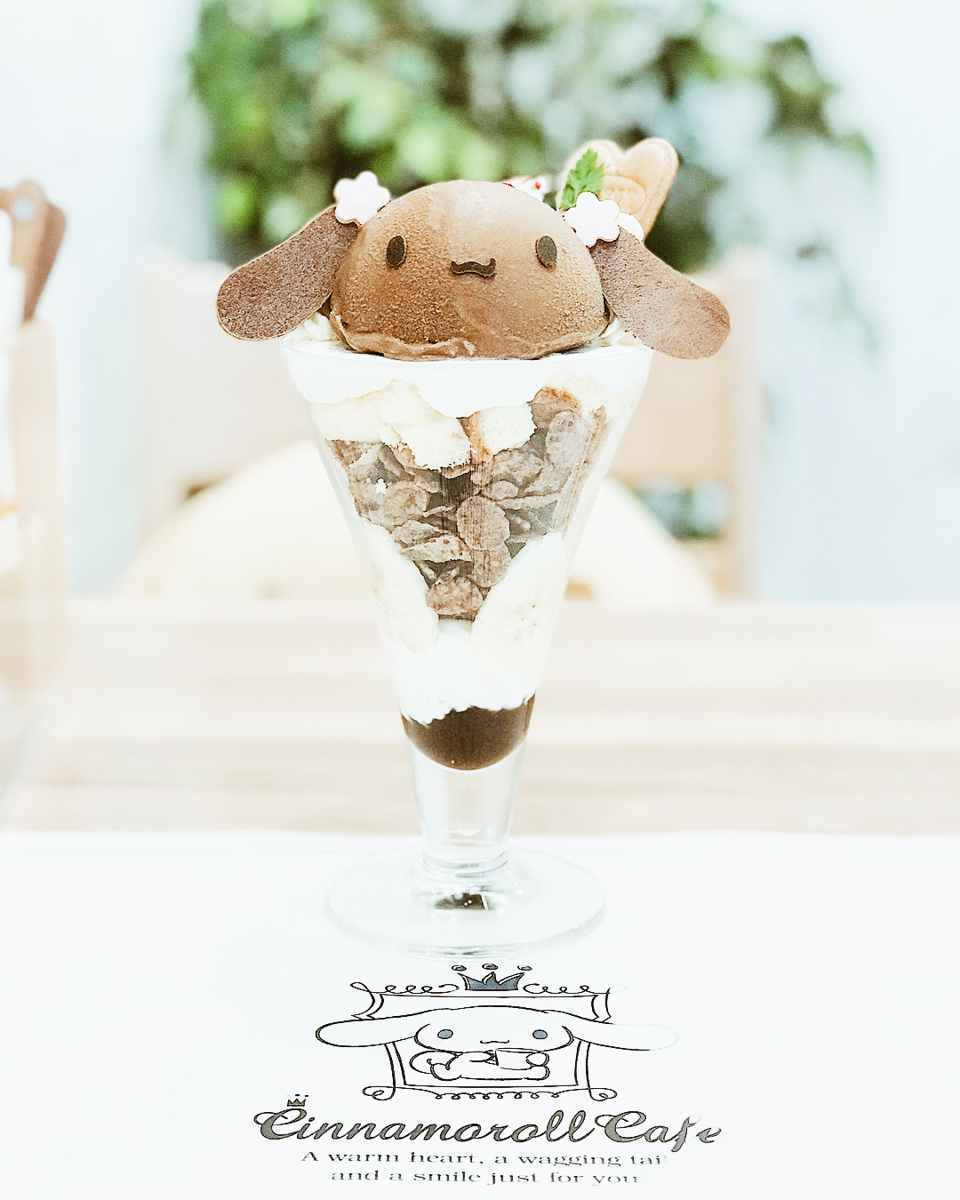

photo credit: rainbowholic, Japan Italy Bridge, rietiru
Official Website: http://www.cinnamorollcafe.com/shinjuku/
Address: Shinjuku Marui Annex 3 Chome-1-26 Shinjuku, Tokyo 160-0022
Gudetama Café

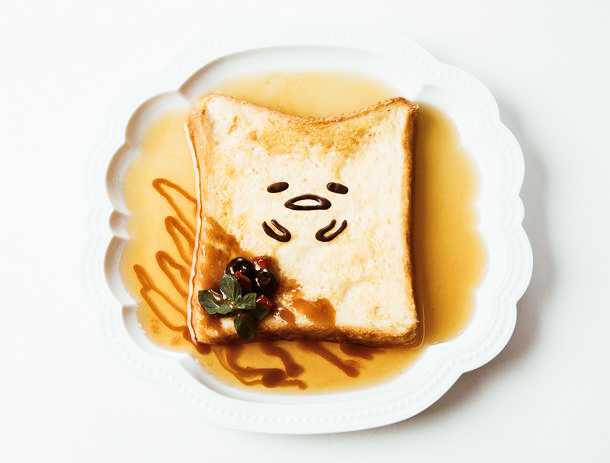
photo credits: digjapan.travel, picsunday.com
Gudetama is a lazy egg who thinks that everything is mendokusai (a pain) and never has any motivation. And he is the protagonist of the cafe located on the seventh floor of HEP FIVE, a shopping center near the Umeda station in Osaka. Recognizable thanks to its designs, this café offers an exquisitely evolving menu that reflects the lazy and unmotivated nature of its character, in an environment that combines all the shades of pastel yellow with large plush toys by Gudetama in its classic lazy poses.
Cups, magnets and gadgets of various kinds are available to be purchased to bring with you the memory of the most lethargic experience ever!


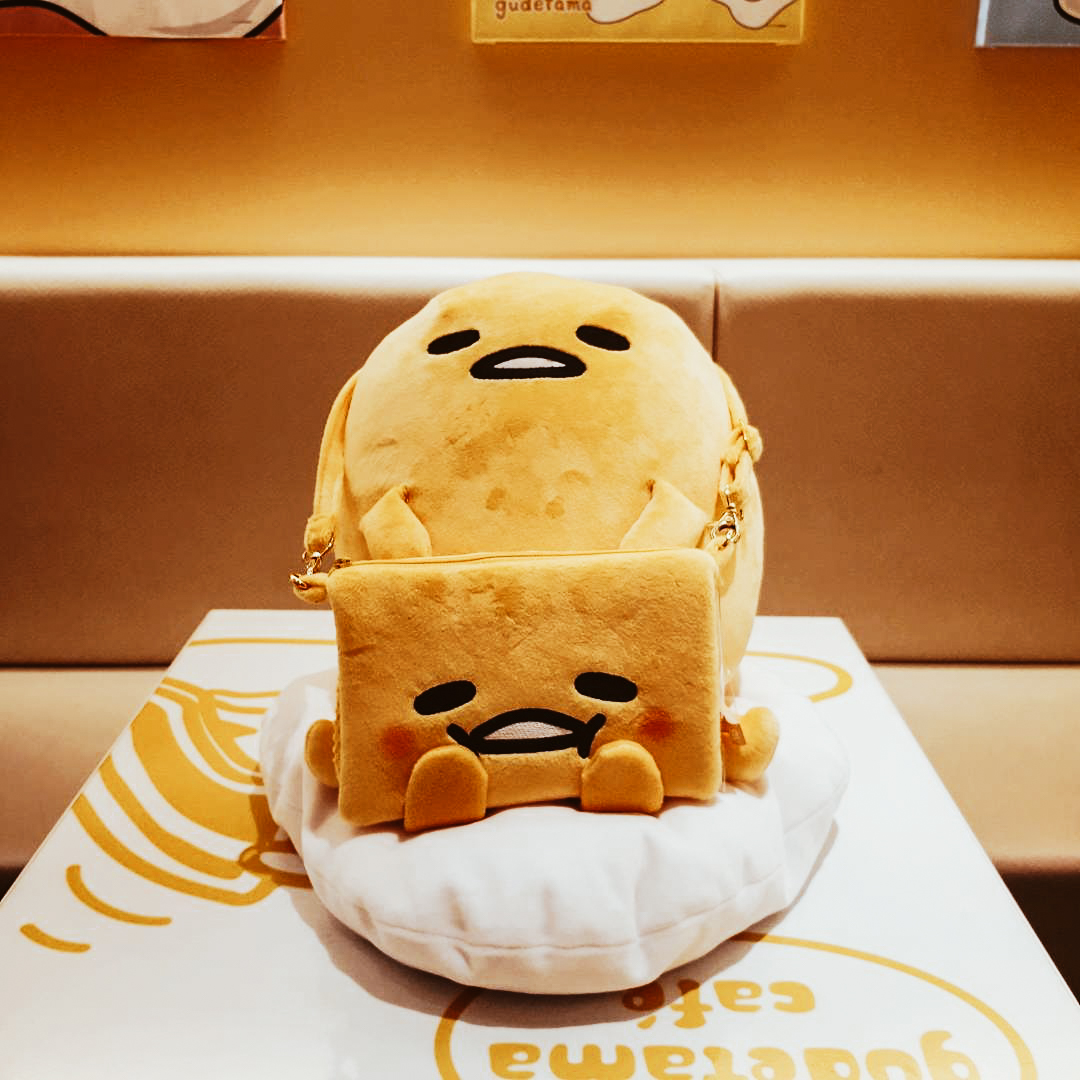
photo credits: gudetamacafe_hepfive, cafe_shirokuma
Official Website: http://gudetama.createrestaurants.com/jp/info.html
Address: 〒530-0017 Osaka, Kita-ku, Kakuda-cho 5-15, HEP FIVE 7F
Peter Rabbit Garden Cafe
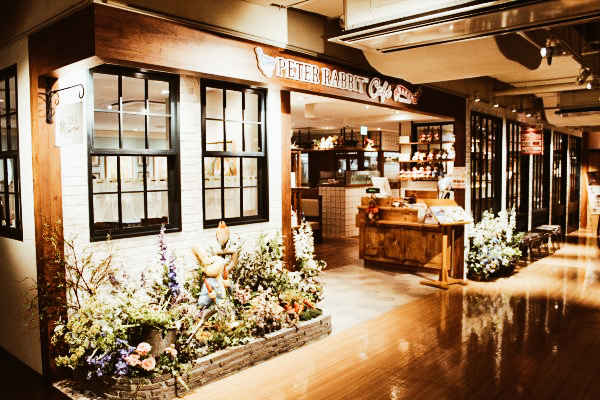

photo credits: japantravel.com, blog.we-are.com
Through the winding streets of Jiyugaoka in Tokyo, a small garden café is hidden, inspired by the stories told in the world of Beatrix Potter whose protagonist is Peter Rabbit. The atmosphere inside the cafeteria is very welcoming and inviting. The blue and white checkered tablecloths cover every table that is decorated with the author's books that you can read and draw on and, sitting next to the customers, you can find the stuffed animals. The wooden floors and furniture give warmth to the environment while various photographs are hung on the walls. On the shelves we find flowers, woven baskets, gardening tools and small objects that evoke images of the picturesque English countryside. Every dish on the menu is carefully designed and, of course, there is a small section dedicated to souvenirs if you want a small piece of sweetness to keep as a souvenir.

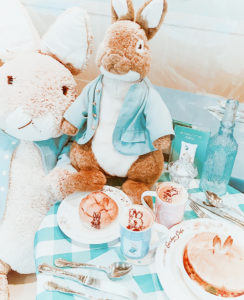

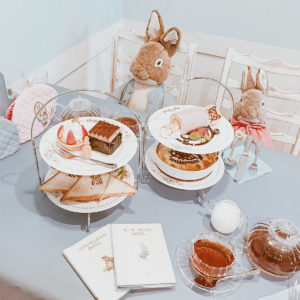
photo credit: nemui_ohirune_shitai, luv_barbie_pink, lolitandthecity, curetofficial
Official Website: http://www.peterrabbit-japan.com/cafe/
Address: 1 Chome-25-20 Jiyugaoka, 目黒区 Tokyo 152-0035
Pokémon Cafe
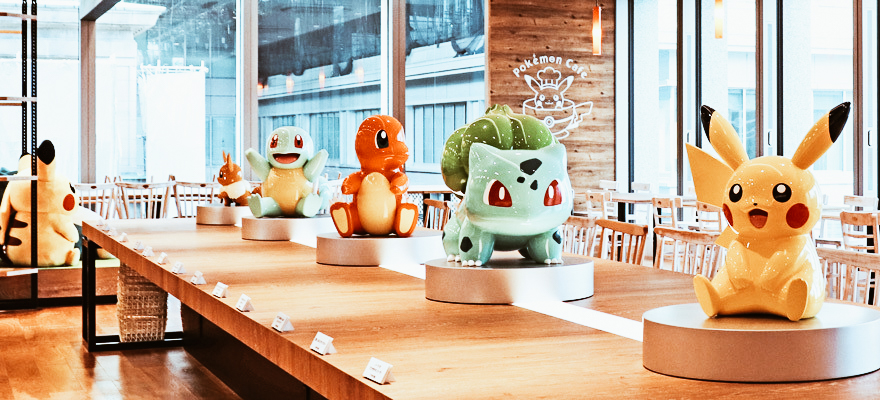

photo credit: digjapan.travel, jw-webmagazine.com
Have you ever dreamed of shouting "Gotta catch'em all!"? You may not be able to do it literally, but the most loyal fans will find joy at Pokémon Café. Opened in 2018 and associated with the Pokémon Center DX, this restaurant is spacious and bright, furnished with simplicity and minimalist decorations, with wooden floors and large tables.
As in any self-respecting character café, Pokémon-themed food and drinks are available, in addition to the seasonal menu available only for a limited period of the year. The unique gadgets always attract collectors. In fact only here is it possible to find poke-thermos, Pikachu stuffed animals in a cook version and the famous Pokéball-shaped cups! Unlike other cafes, online booking is required in advance as the seats are highly sought after.
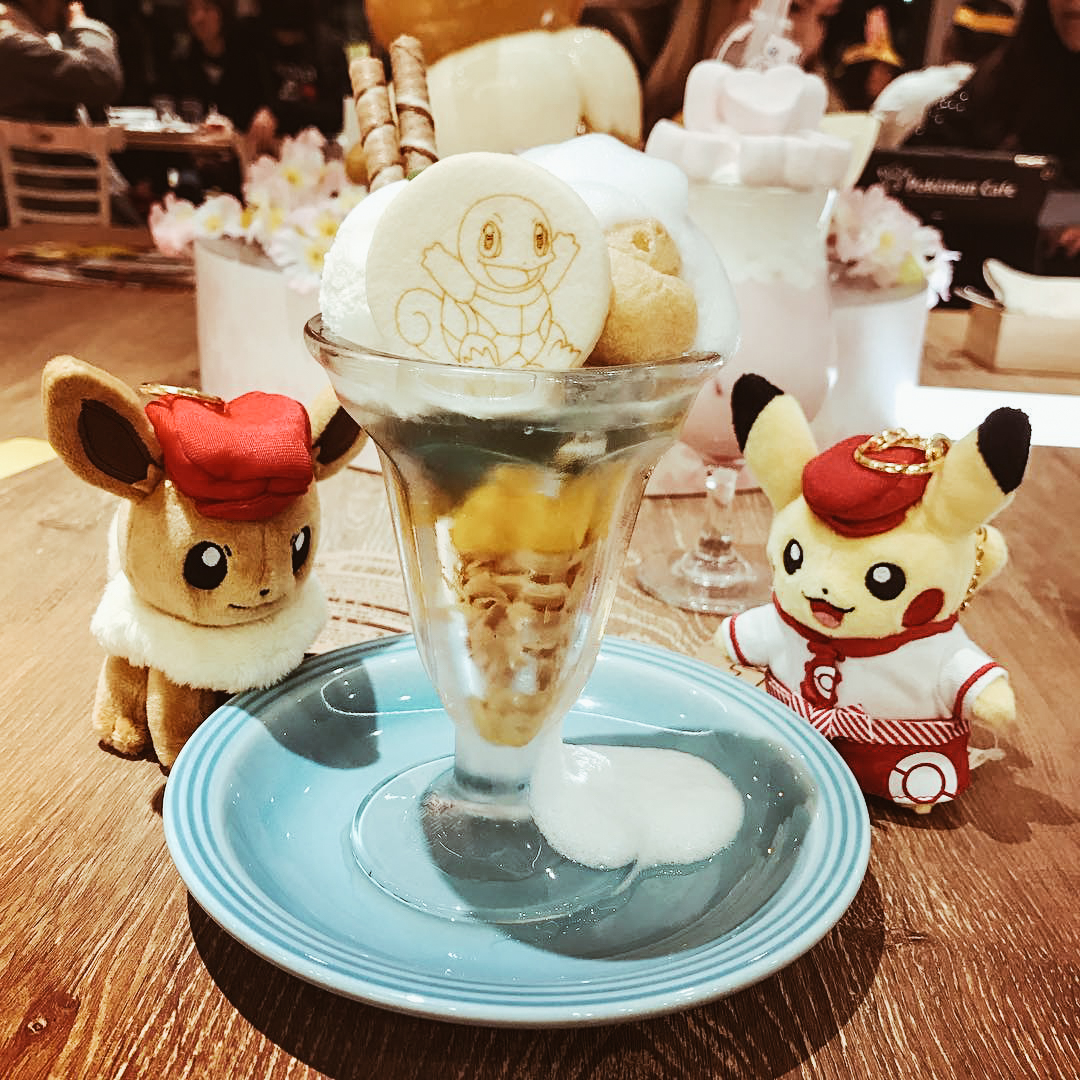

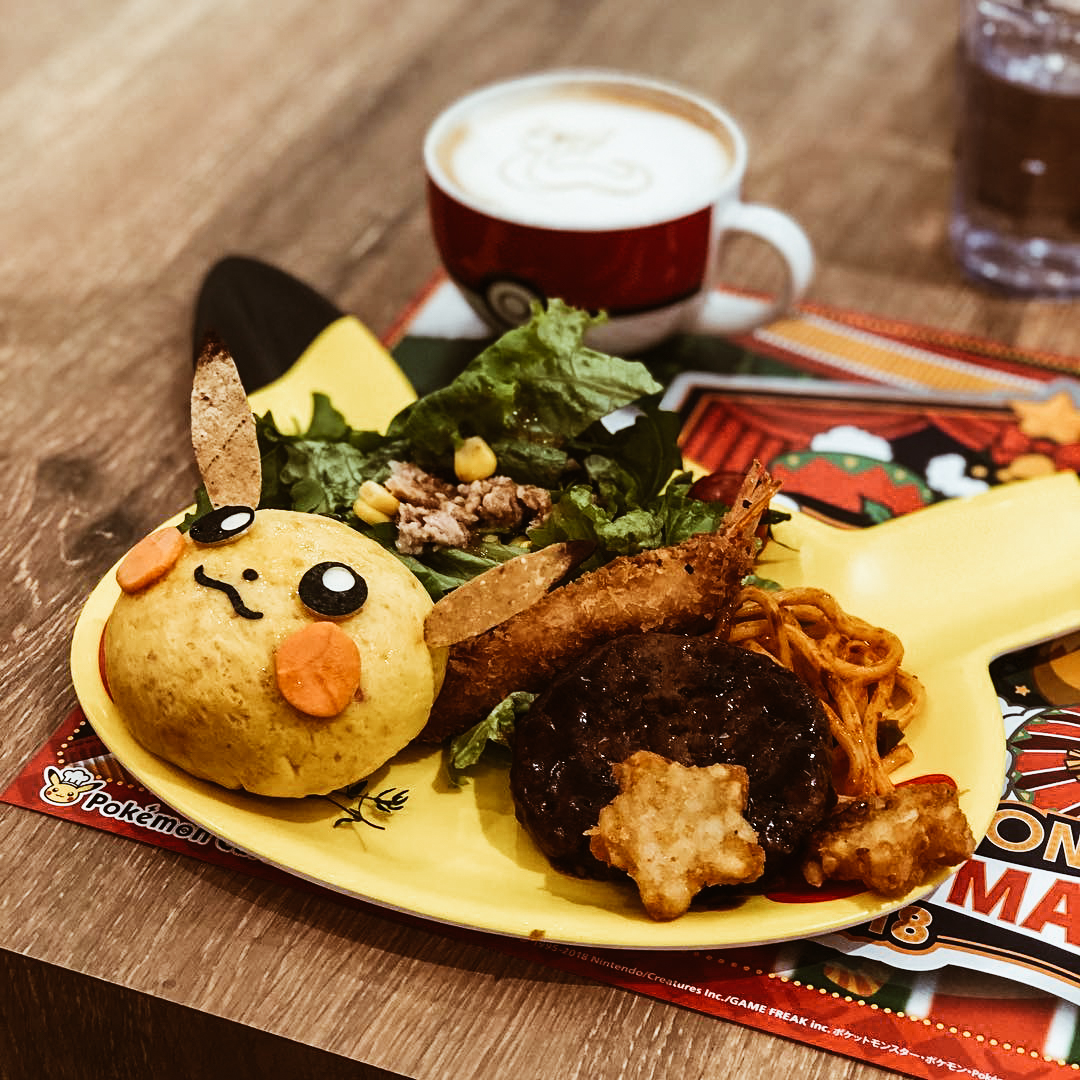
photo credit: nane0v0, xx.asu.pika.025.xx, hanrutmoe
Official Website: https://www.Pokémoncenter-online.com/cafe/
Address: 2-1-2 Nihombashi | Nihombashi Takashimaya SC East Bldg. 5F, Chuo 103-0027, Tokyo
Shiro-Hige’s Cream Puff Factory
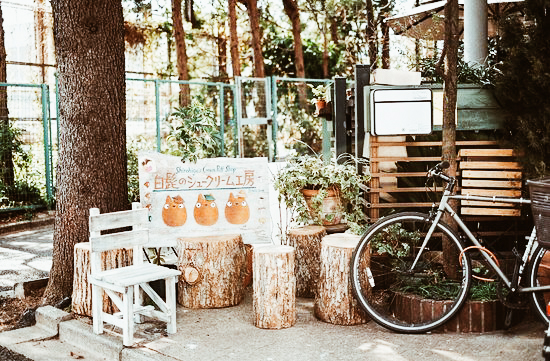

photo credit: tripadvisor.com, trip101.com
A solitary sign with 3 small painted Totoro signals the existence of this small café in the quiet neighborhood of Daita, hidden among many plants and tree trunks. Adorable puffs inspired by the famous Studio Ghibli creature are served in various flavors. From traditional vanilla and chocolate to seasonal matcha, white peach and Adzuki beans. But if your stomach demands something more, just go up to the second floor, to the Toto Café where tasty pasta dishes are served with iced coffees.
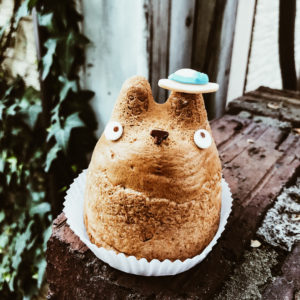


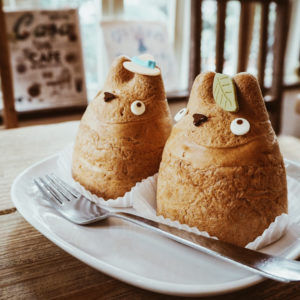
photo credit: onetheycallbela, eliseaki, cooki3zz
Official Website: http://www.shiro-hige.com/main/
Address: 5-3-1 Daita, Setagaya 155-0033, Tokyo
Shirokuma Cafe - Polar Bear’s Café

photo credit: tripzilla.com
Shirokuma-san, the big polar bear who stars in the manga written by Aloha Higa and owner of a bar that welcomes animal and human friends, is also the inspiration for this cozy café. Lots of masterfully modeled bear-and-panda shaped dishes will inspire customers to take lots of photos, captivated by their beauty and tenderness. The restaurant is cozy and guests can pose for many souvenir photos with adorable cartoon characters, while children can have fun in the corner dedicated to them, full of toys and a television! Do not miss the small shop where you can find soft stuffed animals, notebooks, t-shirts, bags, stationery and bento boxes.

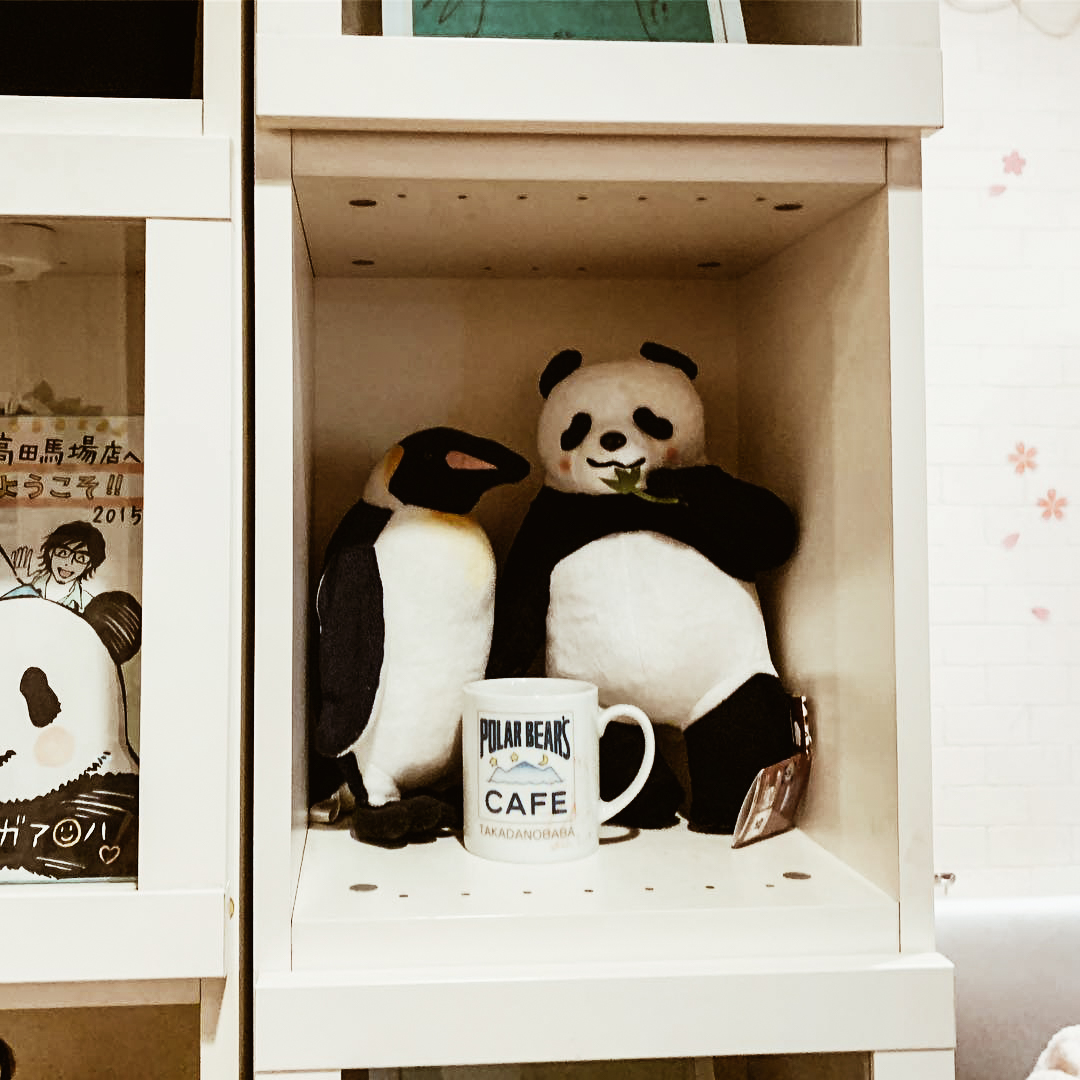
photo credit: chillintokyo.wordpress.com, airvarie
Official Website: http://www.shirokumacafe.net/.en/
Address: Tokyo-do Shinjuku-ku Takadanobaba 2-1-2 TOHMA takadanobaba 1F
Alice in Wonderland Café - Alice's Fantasy Restaurant
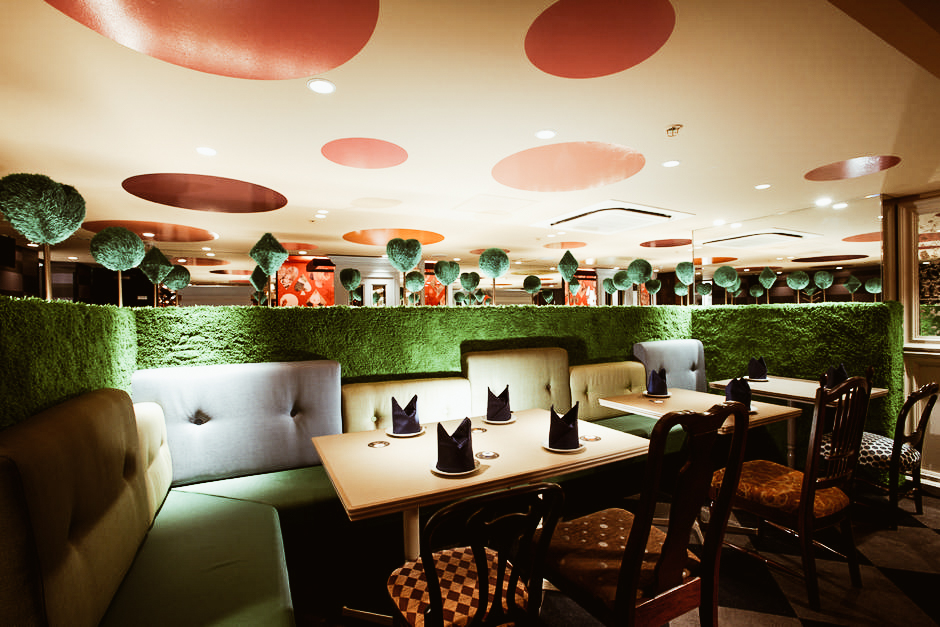

photo credit: materialicious.com, yanderette
Five restaurants inspired by the Lewis Carroll novel have permanent locations in Japan.
Each of them is extraordinarily engaging and transports visitors to the different scenarios of Alice's world. There are five themes to choose from: the maze, fantasyland, the fantastic book, the magical land, and the old castle. The menu is strictly inspired by British cuisine. To enter the wonderland it is necessary to book online or you can do it in person by going to the restaurant a few days before.
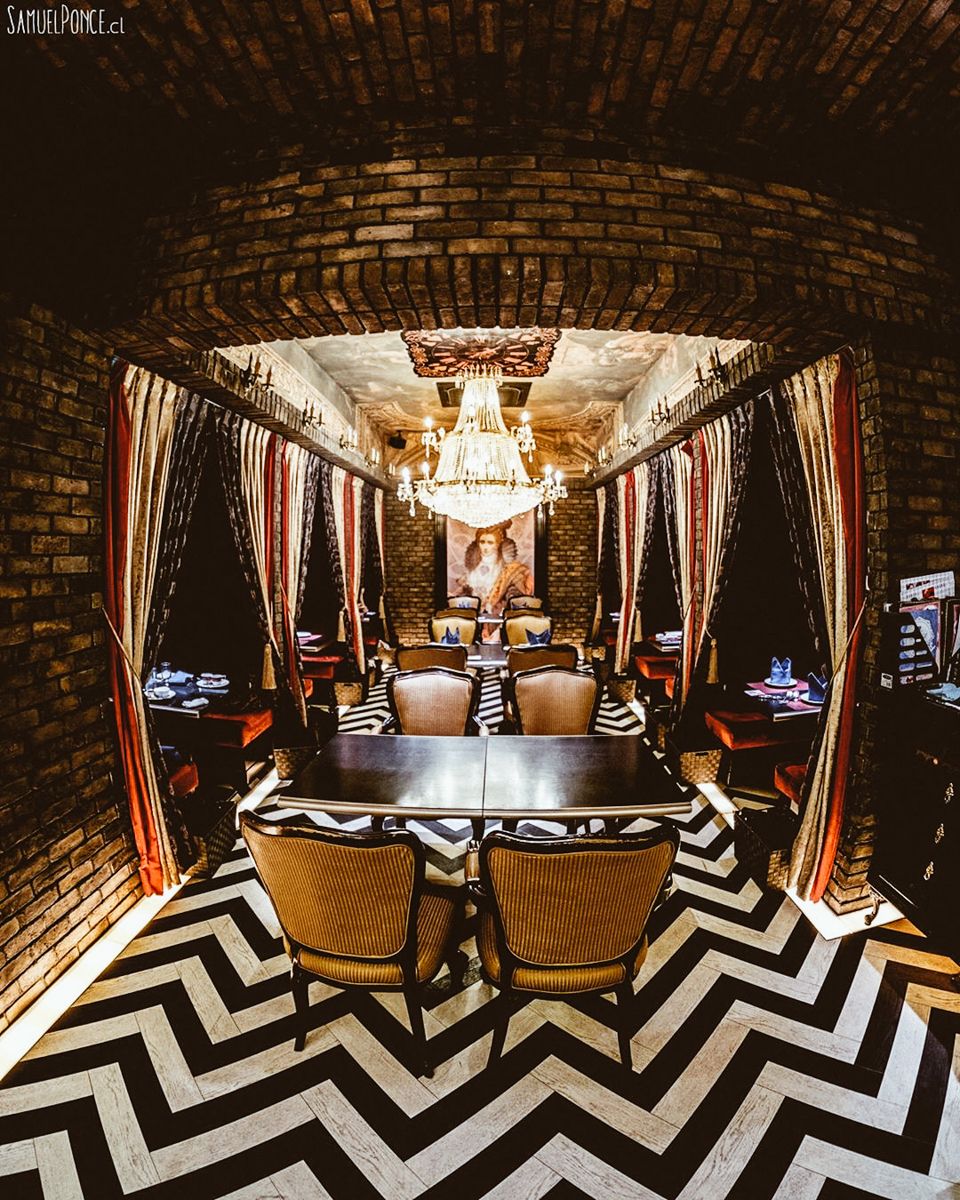
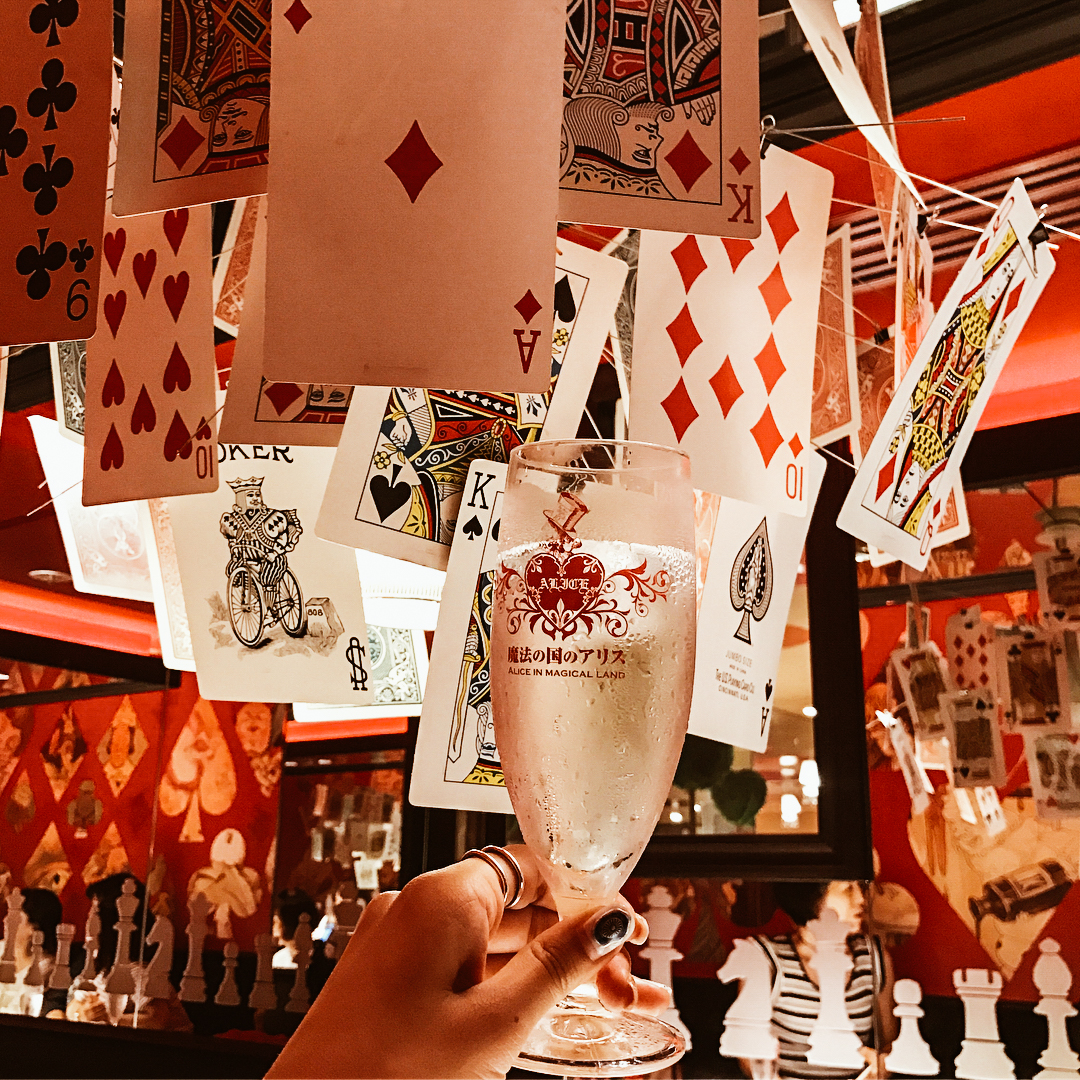


photo credits: samuelponce.cl, satokomorimoto, mydreamsofdisney, kiki_0_0
Official Website: http://www.alice-restaurant.com/
Address:
ALICE IN LABYRINTH (GINZA, TOKYO) 104-0061 東京都中央区銀座8-8-5 太陽ビル5F
ALICE IN FANTASYLAND (UMEDA, OSAKA) 530-0012 大阪府大阪市北区芝田1-8-1D.D.HOUSE1F
ALICE IN FANTASY BOOK (SHINJUKU, TOKYO) 160-0021 東京都新宿区歌舞伎町1-6-2 T-wingビルB2F
ALICE IN MAGICAL LAND (NISHI-SHINJUKU, TOKYO) 160-0023 東京都新宿区西新宿1-5-1 新宿西口ハルクB3
ALICE IN AN OLD CASTLE (IKEBUKURO, TOKYO) 171-0022 東京都豊島区南池袋2-16−8 鈴和ビルB1
Vampire Cafe


photo credit: dd-holdings.jp, ginzavampire
A macabre atmosphere, red velvet curtains, and luxurious chandeliers catapult customers into Medieval Europe, into a real "vampire house". Inside the café, there is even an altar, a coffin and a cross struck by a beam of light to allow total immersion in the gothic world of the legends concerning the creatures of the night. Of course, the menu is also thematic: dishes and cocktails with unique names belonging to the Italian and French cuisine and are served by staff in a vampire costume.
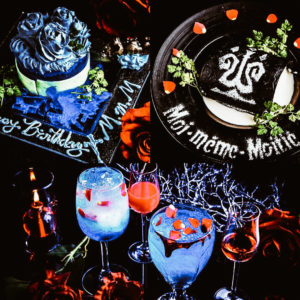
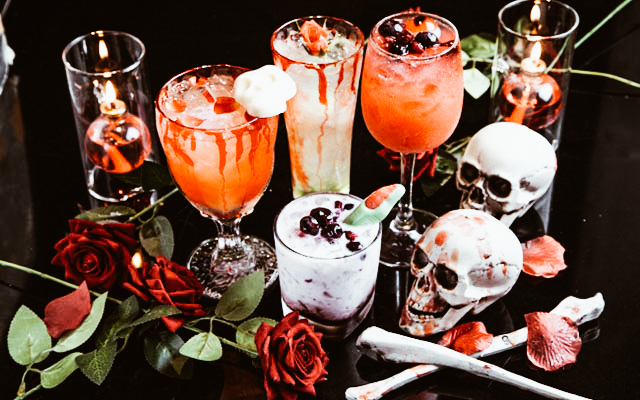
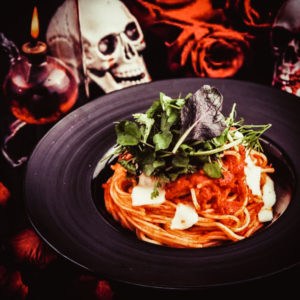
photo credit: prtimes.jp, ginzavampire
Address: 7F, La Paix Bldg., 6-7-6 Ginza, Chuo-ku, Tokyo
Moomin House Cafe
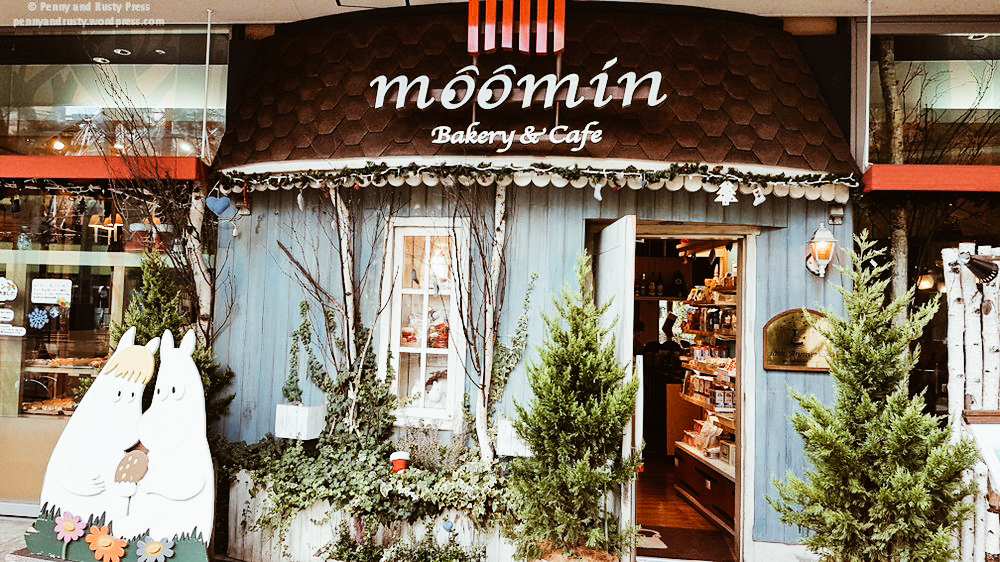
photo credits: yelp.com
The Moomin, despite belonging to the Finnish tradition, have also found a way in Tokyo to welcome fans into their world. The environment recreates the natural woods in which the Moomins live, giving the café that relaxing and timeless aspect whose goal is to allow everyone to have a place to get together and where they can witness many fun moments. Big puppets live in the café and keep company to the lucky visitors who are able to sit next to them. The dishes are tasty and as always perfectly presented to pamper the heart of those seeking a moment of tenderness.
The most famous menu is the "Souvenir Moomin House Pancakes" because the pancakes are served at the table along with ceramic figurines as a souvenir to take away with them.


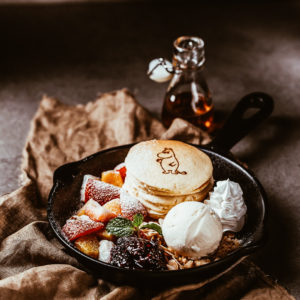
photo credit: moomincafe.jp, japantravel.com, moomincafe
Official Website: https://benelic.com/moomin_cafe/
Address: 1F Tokyo Soramachi, 1-1-2 Oshiage, Sumida-ku, Tokyo
Square Enix's Artnia Cafe
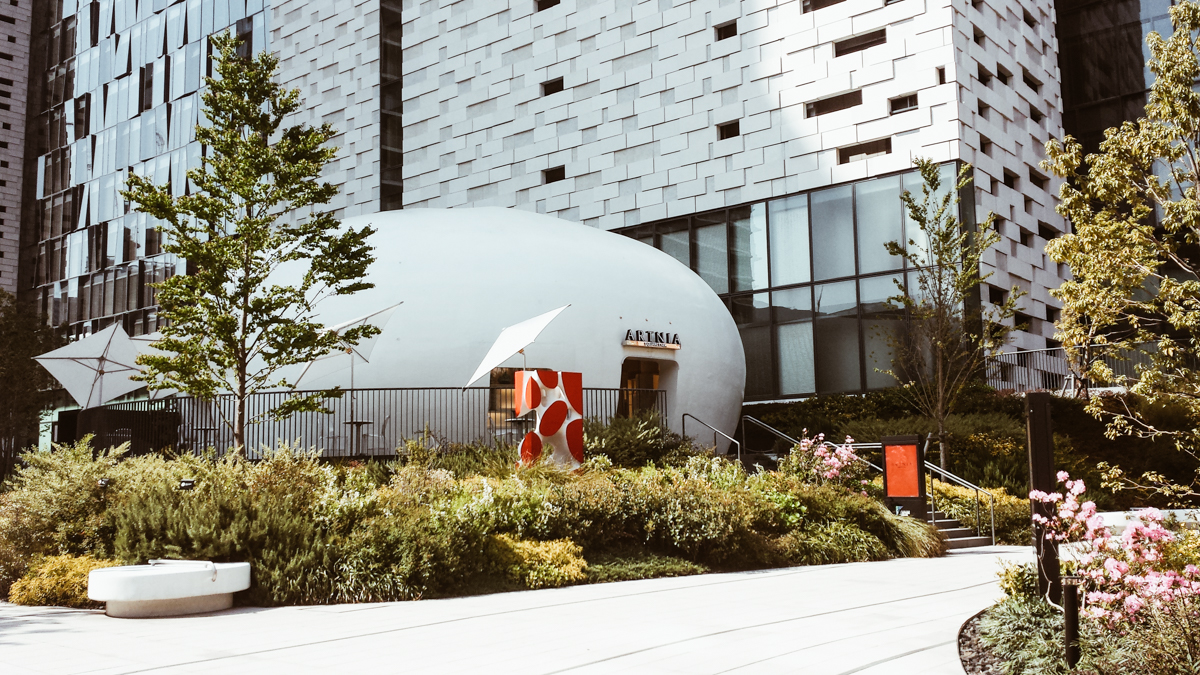
photo credits: sweetkammi.wordpress.com
Located in Shinjuku, Artnia mixes its being Square Enix's official goods store with the café whose dishes are based on the company's prestigious game series. Inside, it’s divided into 3 areas: the "Fancy Area", the area dedicated to the merchandising of Dragon Quest, Final Fantasy and Kingdom Hearts, the real "Café & Bar" that occupies most of the space and the splendid "Luxury Area” located behind the bar and designed in black granite. This luxurious area is a real museum containing replicas of the sagas, statues, works of art and jewels, but it is the fountain that rises in the center to be the real attraction of Artnia. It contains a red crystal suspended inside a waterfall that pours into a pedestal with all the spheres of Materia of various colors.
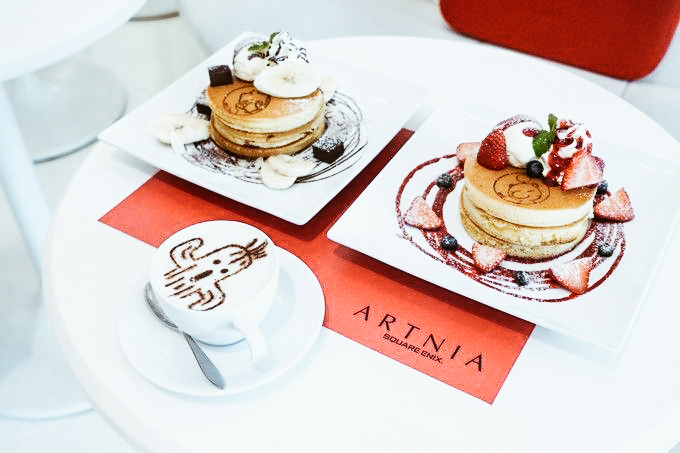
photo credits: favy-jp.com
Official Website: http://www.jp.square-enix.com/artnia/index
Address: 1F Shinjuku East Side Square, 6-27-30 Shinjuku, Shinjuku-ku, Tokyo
Maid Café
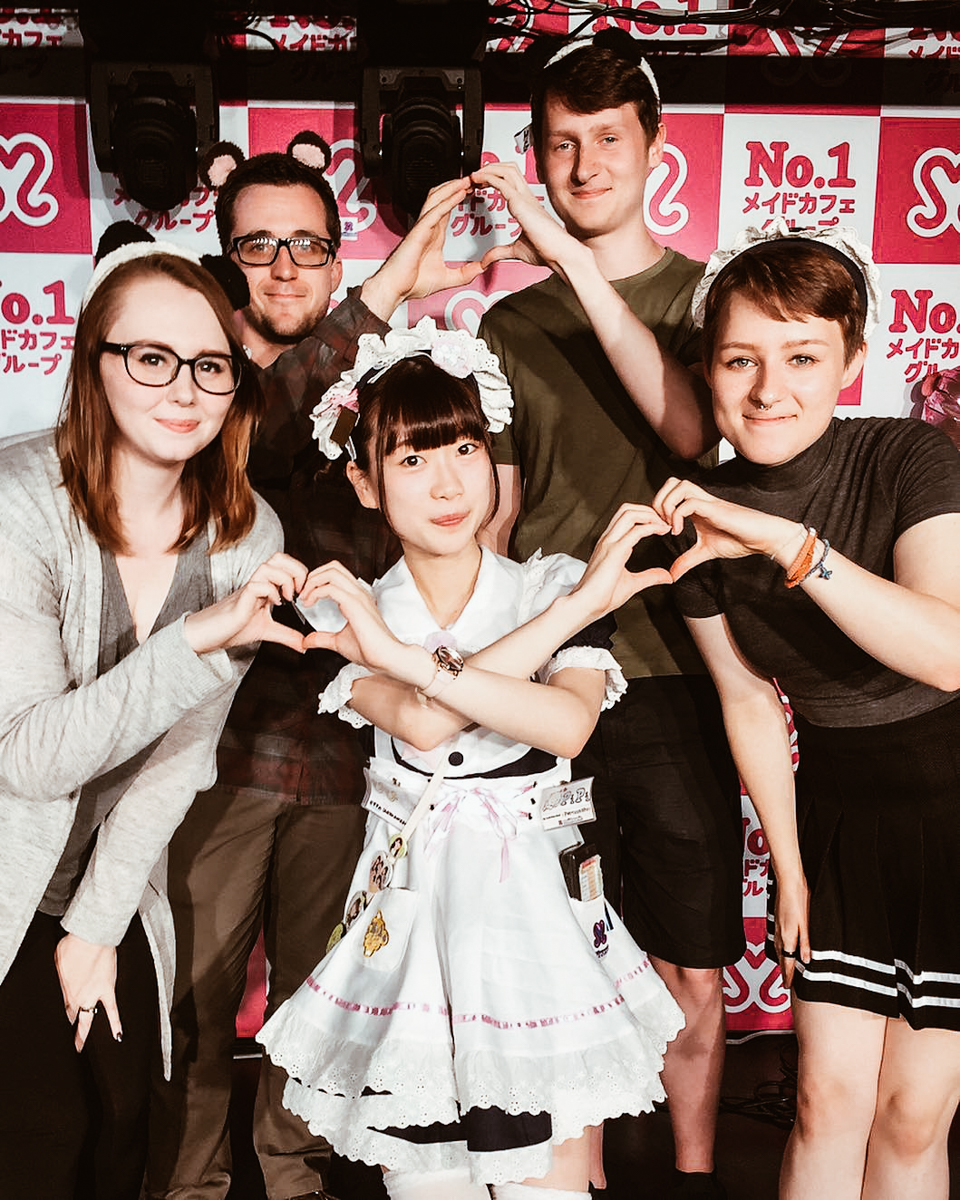
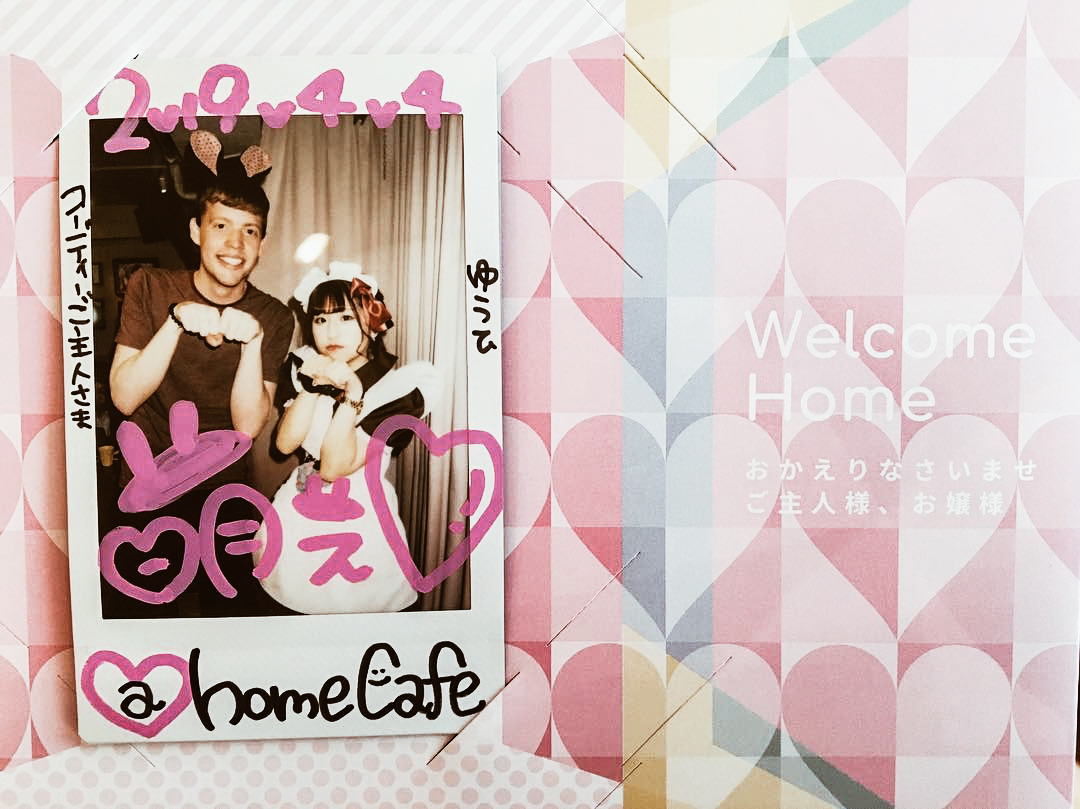
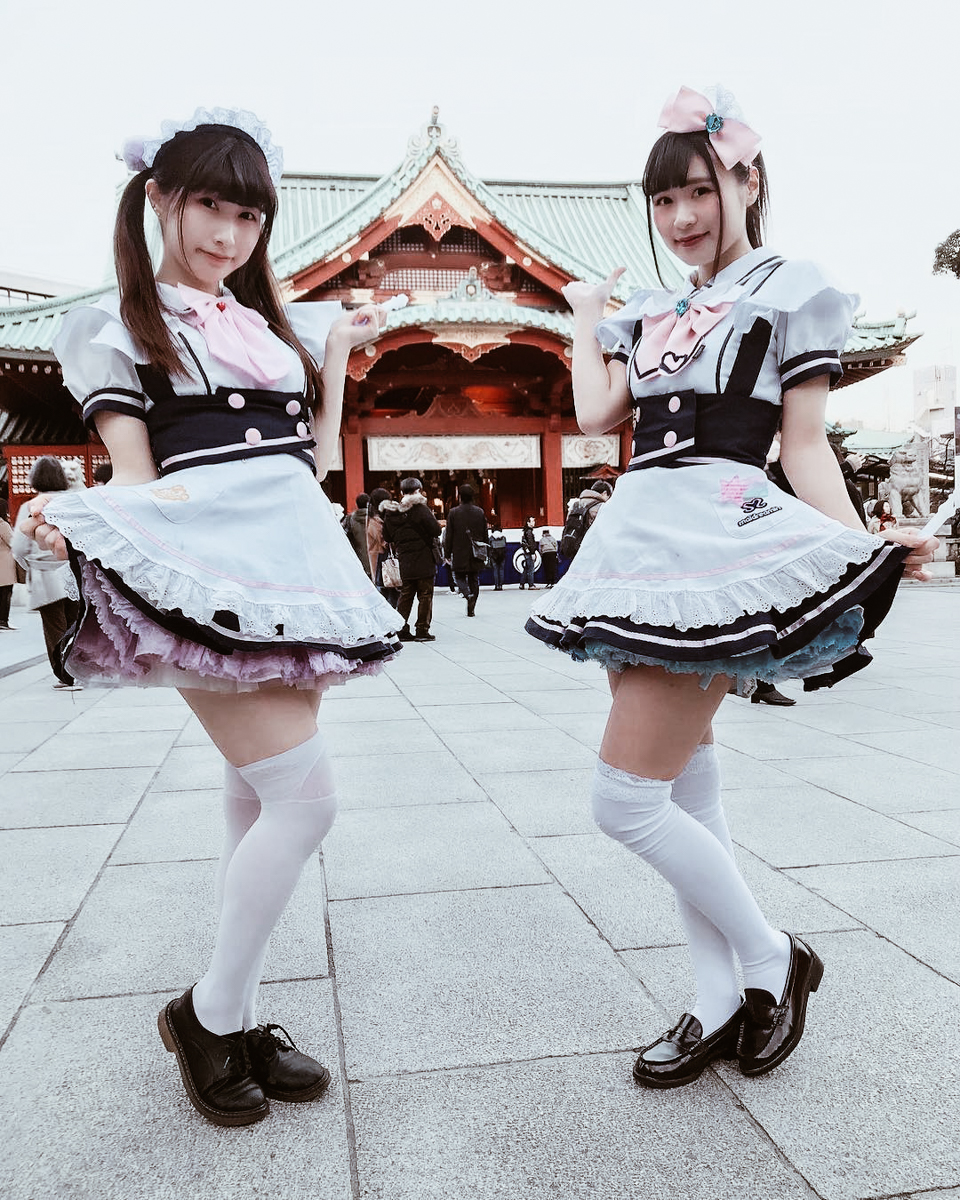
photo credits: cat.m.mayberry, theginger1nch, maidreamin
Better known as "Meido Kissa", the maid cafes are places where customers are served by Victorian-style waitresses, with their clothes full of lace. These maids have the specific task of satisfying customer requests, so the customers are called "Masters" if they are men, or "Princess" if they are women. These places are mostly concentrated in Akihabara and are always full of extremely accurate details. Once inside, a Maid will accompany the visitor who can only stay for 1 hour to the table and will have to choose whether to drink, eat or another of the available proposals. Moreover, the waitresses interact continuously with the customers and if these are not very talkative, then they will start to do ballets and sing little songs. They are very fun and carefree environments, for a more original break than usual!

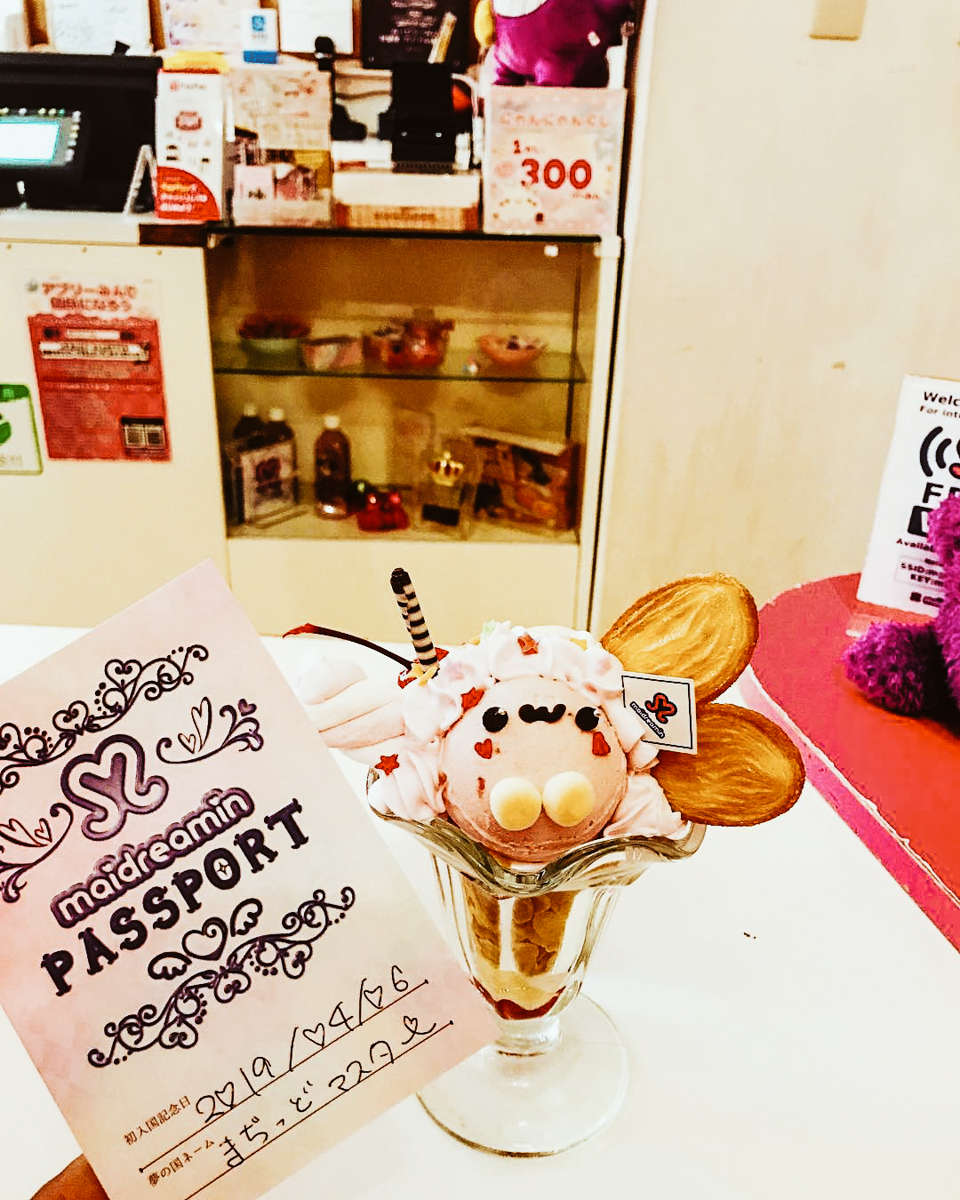
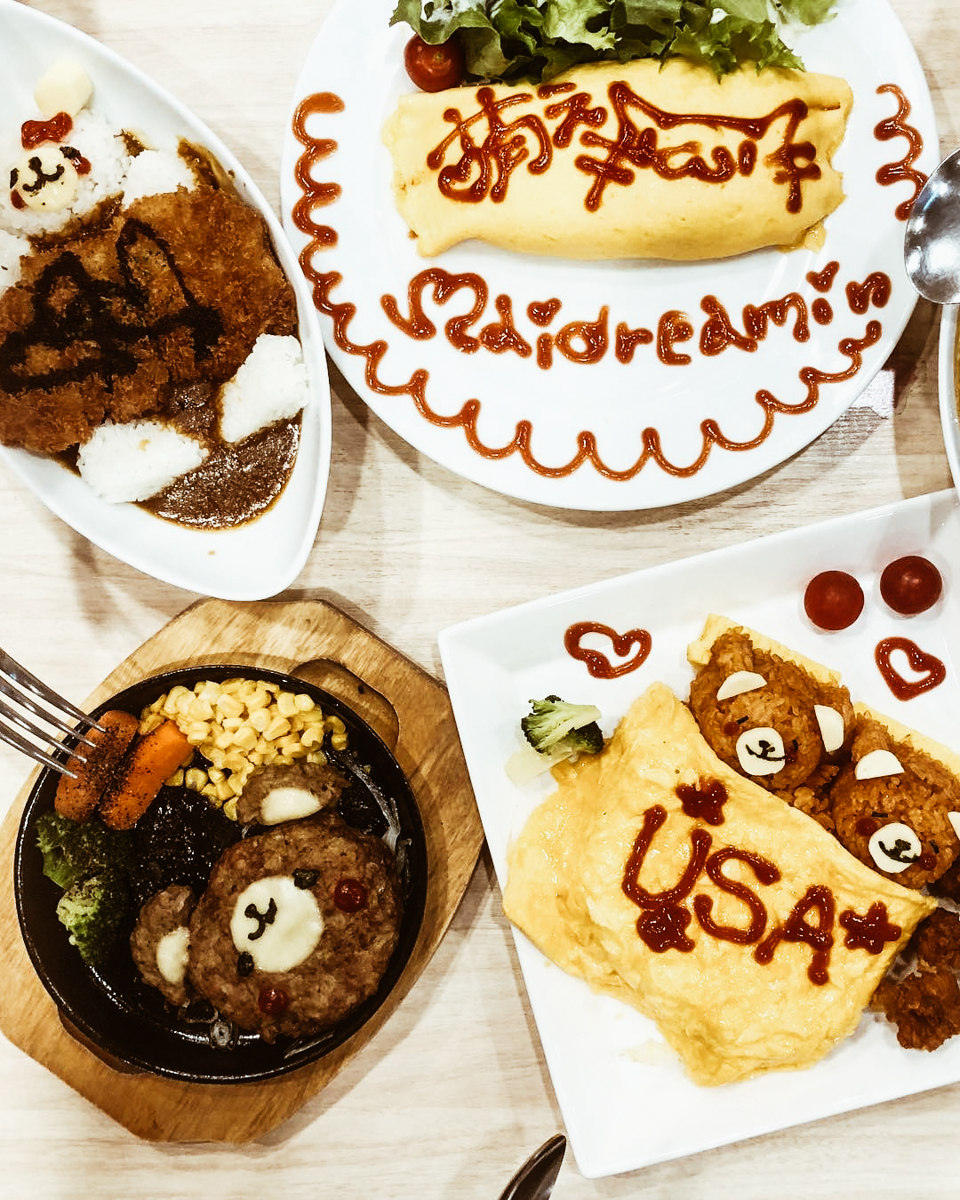

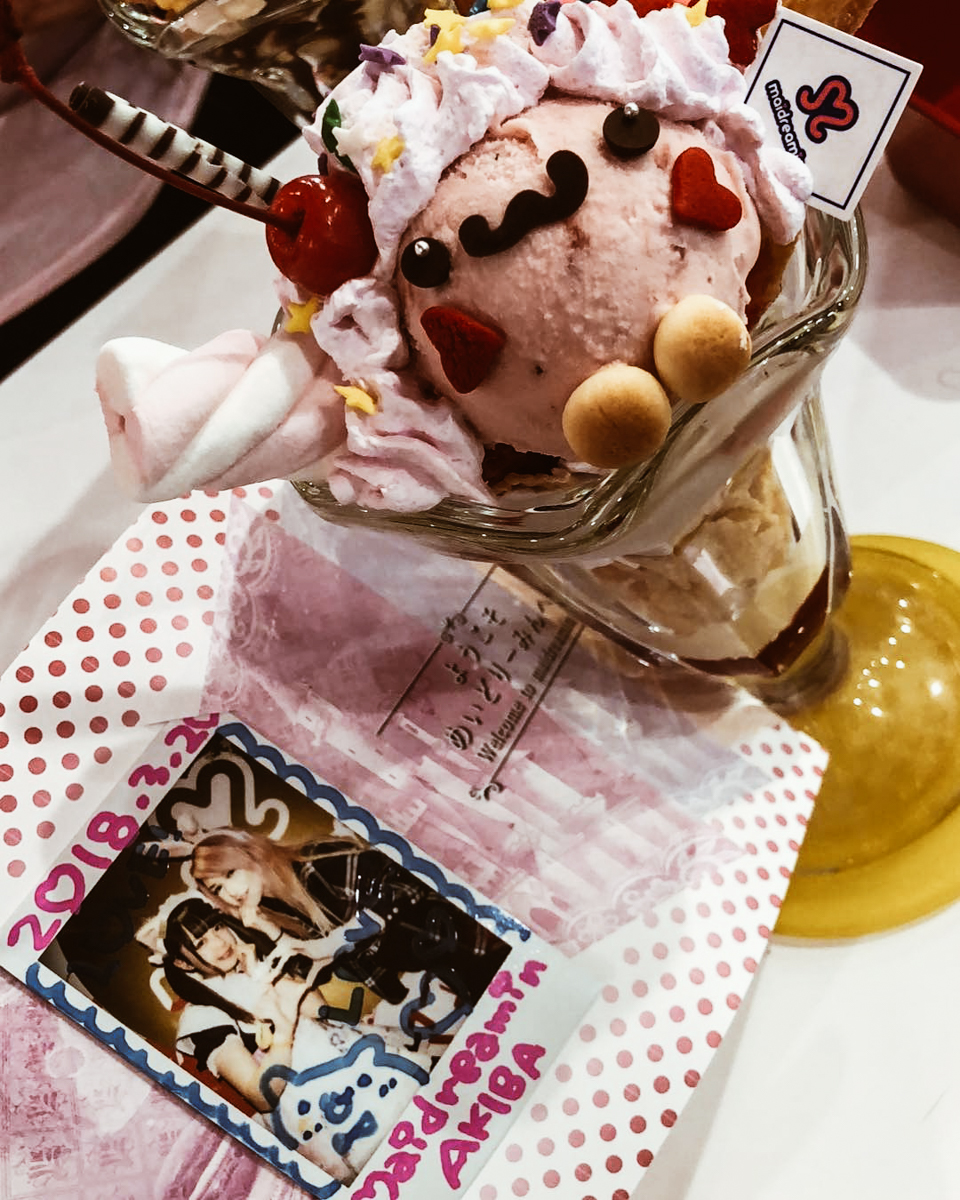
photo credits: wheresmy_dang_food, ranamajid007, pegsfordays, debydraws, m00nvixen
Some of the most popular Maid Cafes:
At-Home Café, 1-11-4 Sotokanda Mitsuwa Bldg. 4-7F, Chiyoda 101-0021 Tokyo, https://www.cafe-athome.com/info/
MAIDREAMIN, head store: Sumiyoshi BLDG.6F 3-16-17 Sotokanda Chiyoda-ku Tokyo 101-0021 https://maidreamin.com
MELCAFE, 4 Chome-9-9 Nipponbashi Naniwa-ku Osaka-shi, Osaka http://mel-cafe.com
Japan Modern Culture: 令和 ReiWa, the new Era
令和: ReiWa, the new Era
Exactly one month ahead of Prince Naruhito's accession to the throne, Chief Cabinet Secretary Yoshihide Suga announced the beginning of the new Era for Japan.
Reiwa, formed by the kanji 令 (rei) "auspicious", "ordered" and 和 wa "harmony", "peace", reflects the spiritual unity of the Japanese people, because "culture is born and nourished when people take care of each other lovingly" explained Prime Minister Shinzo Abe immediately after the announcement.
photo credits: asia.nikkei.com
Time passes following the Era of the Emperor
In the Japanese culture, the periods of time throughout history are subdivided according to the system of "eras", gengō (元号): it involves the use of two kanji that represent the hopes, ideals and good intentions for the period to come, followed by the number from the year of the emperor's mandate. According to this system, from 1989 the current era is Heisei 31 (平成31), or the 31st year of the Heisei Era (31 years of "achieving peace" under the guidance of Emperor Akihito). From May 1st, 2019 we will be officially in the Reiwa Era (令和1 - Reiwa 1).

photo credits: tg24.sky.it
The roots of Reiwa
Unlike all previous eras whose names were inspired by Chinese literature, Reiwa has its roots in Man'yōshū, 万集 "The Collection of Ten Thousand Leaves", the oldest collection of Japanese poetry that has survived till today. The authors belong to all walks of life: members of the imperial family, peasants, soldiers, artisans and monks. This choice breaks an over 1300 years old tradition and has a highly symbolic value for Modern Japan. We are wishing for an era of hope and unity and, above all, an era aimed at the preservation of nature. Reiwa will face a path aimed at harmony and to give strength to a nation that in the course of history has always raised up with pride in every adversity and that has never been pulled back.
But how was this name decided?
The choice was made between a list of 30 proposals prepared by Japanese and Chinese literature and history experts appointed by the government for this important task. The traditional procedure requires the Government to make the final choice in a cabinet session, after which the chosen name is revealed to the Emperor in office and he prepares the decree for the proclamation of the new Era.
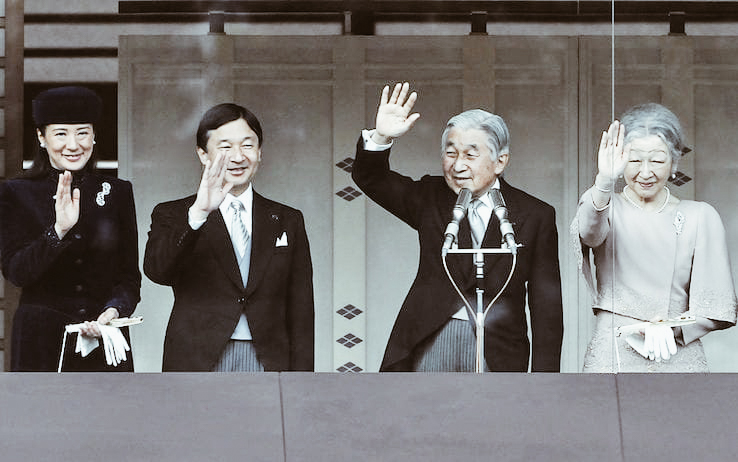
photo credits: kelo.com
Naruhito, Emperor of the Throne of Chrysanthemum
First born of the current Emperor of Japan Akihito and Empress Michiko, Naruhito (皇太子徳仁親王) became the crown prince to the throne following the death of his grandfather, Emperor Hirohito in 1989. Known for his countless charitable works and a series of absolved imperial functions, he will become the 126th Emperor of the Throne of Chrysanthemum (the oldest ever interrupted monarchy in the world) on May 1st, 2019 following the abdication of his father on April 30th, 2019.
The blank pages of a new beginning
The word Reiwa is so full of serenity, even in its pronunciation! The harmony, the peace, the balance that characterize a the people of a nation like that of the Rising Sun thus finds its fulfillment. Just a few days ago, I had a fixed idea in my mind: "a new beginning", I even wrote a thought entitled "Start of a new chapter", and having woken up with the announcement of this new Era, shook me positively. Furthermore, after hearing Prime Minister Abe's speech, my heart was filled with hope. I like the proposal for greater openness to work for those coming from abroad and I believe that this can bring a prosperous future for Japan worldwide.
The spirit of cohesion, solidarity and peace may seem an utopia, but it must start from the small things, from us and then spread like the waves produced by a pebble falling into the water.
Japan Travel: Ginza
Ginza: expensive, elegant and luxurious
Located in Chuō, Ginza (銀座) is Tokyo's most famous shopping area. This luxurious district was once part of the ancient Kyobashi district, which, together with Nihonbashi and Kanda, formed the core of Shitamachi, the original center of Edo-Tokyo. Built on an ancient reclaimed swamp during the 16th century, Ginza owes its name (Silver Mint) to the establishment of a silver coin mint (Silver Coin Mint) on this land in 1612.

photo credit: wikimedia.org
A devastating fire destroyed much of the area in 1872. Following this incident, the government decided that reconstruction was to use fireproof bricks to erect new buildings, and the roads should be improved and enlarged. At the same time, they should be able to connect Shimbashi station to Tsukiji. This new version of Ginza was designated as a "model of modernization" and the Irish architect Thomas Waters was given the responsibility of designing the area. In the following year, a long western-style shopping street rose with two- and three-storey Georgian brick buildings reaching from the Shinbashi bridge to the Kyōbashi bridge.


However, the high cost for both the purchase and the lease of these new buildings prevented their long-term occupations and at the same time, an issue regarding the climate arose; such buildings were not suitable for the weather conditions unique to Tokyo. To add to the issues, the design of this area contrasted with the traditional Japanese style, and as such it was not quite appreciated by visitors who were much more interested in an Edo-style town and rather than something "similar to Broadway", as described in the words of the English tour guide writer, Philip Terry.
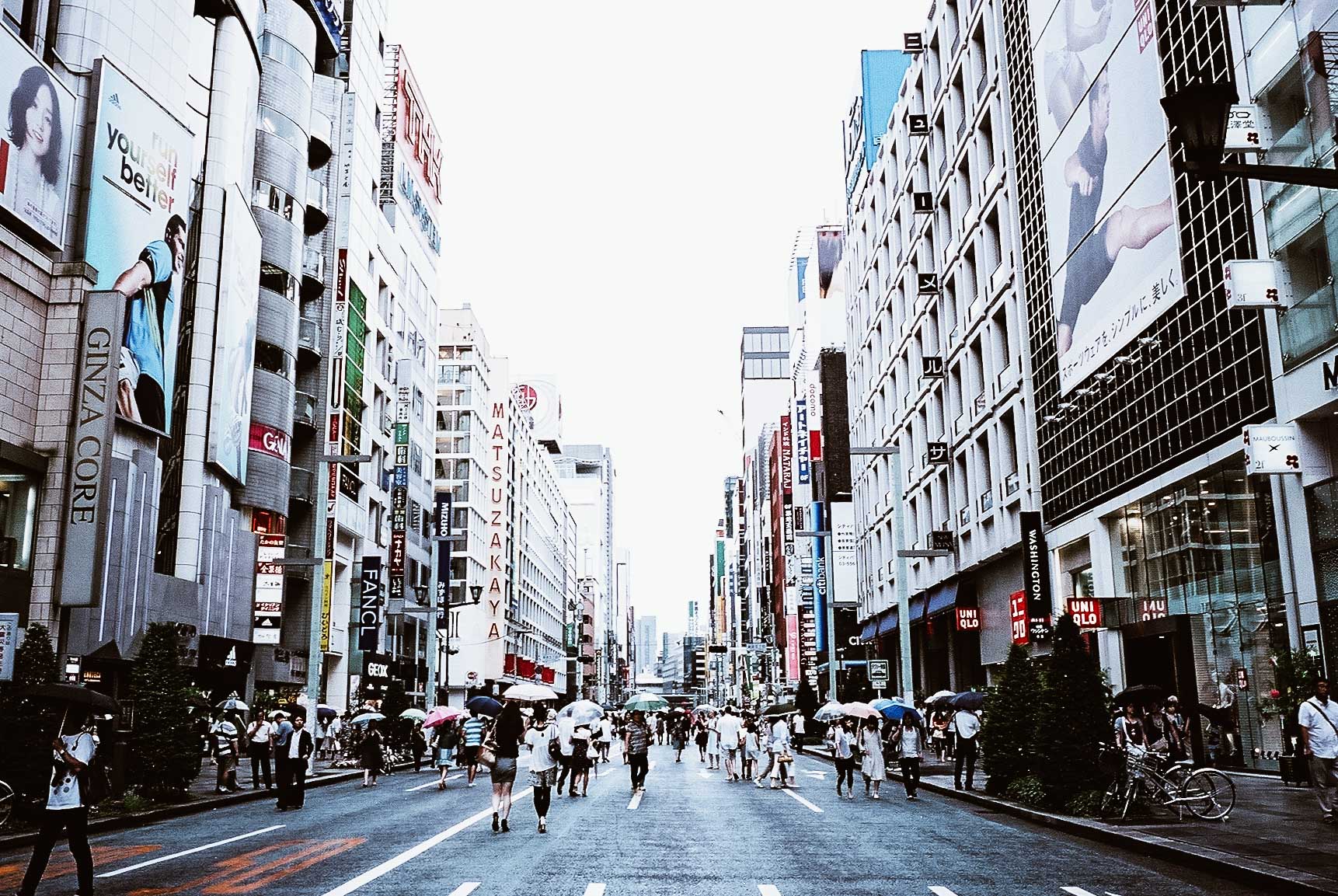
Despite stylistic problems, Ginza managed to flourish as a symbol of "civilization and enlightenment", becoming famous for its rich shop windows. In the period between the two world wars, the habit of spending time and walking through Ginza, even with no purpose, grew very popular. As time passed, most of the European-style buildings have disappeared. Among those remaining is the Wakō building, originally built by Kintarō Hattori, with its iconic Hattori Clock Tower and its luxurious gold objects inside.

photo credits: japantimes.co.jp
Not only shopping
A key stop for shoppers in Ginza is definitely Ginza Six. Opened in the spring of 2017, it is the largest shopping complex in the district. In addition to numerous cosmetic and fashion floors, there are floors dedicated to food and interior design, a large Tsutaya bookstore specializing in art publications, a pleasant rooftop garden and a Noh theater in the basement.
No less famous is the store of the chain Mitsukoshi. While this store opened in 1930, its history dates back to 1673, when it was first established. It offers products and services on twelve floors. Fans of the brand Uniqlo will find satisfaction in this 12-storey building which offers the widest range of products in the world of this brand.

Ginza, however, is not just limited shopping. For Kabuki representations, the best place is found in this part of town. It is the Kabukiza Theater. Do not miss a trip to the Yurakucho Gado-shita Dining as well. It is one of Tokyo's most interesting dining options, located under the sky train tracks, north and south of the Yurakucho station (In Japanese: Gado-shita, "under beam"). Dozens of restaurants are integrated into the brick arches below the Yamanote line which extend for over 700m. Here you can taste world-famous Japanese cuisine, or sip special wines in the luxurious French wine shops.

photo credits: harv.world










